Balitraveldiary.com – To become a Balinese Pajegan Mask dancer requires ability and knowledge that is qualified. Not only the ability to dance, but also knowledge of the ceremony, as well as the source of the story of the drama being played. This show is not just entertaining, but full of meaning. Inside there are many moral lessons that can be taken as a way of life.

The term pajegan comes from the word majeg which means to do everything alone. This refers to the Pajegan Mask which is danced by a male dancer. Like a monologue theater, a dancer himself presents a story by presenting a series of different characters. The difference in character is marked by the change of masks, changes in voice character, and modification of clothing without having to change clothes before appearing from behind the scenes.
Pajegan’s mask is held on important events in the life cycle of humans, such as wedding ceremonies, tooth teasers, until the cremation ceremony. The Pajegan Mask performance is also held at an annual religious ceremony in the temple courtyard.
Ceremonies and Tribe
Pajegan Mask Show is a ceremonial drama played by a dancer who tells a story by displaying a series of masked characters with different characters.
The ceremonial element is incarnated in the last character to emerge, namely Sidakarya who has a white face, broad-toothed grinned teeth, and long disheveled hair.
Sidakarya means that you have accomplished everything perfectly or who can do the job. At the end of the performance, he performed a blessing ceremony by strewing coins into the audience, and “kidnapping” a child who would be “offered” to the temple god before being released.
That said, the Pajegan Mask was first held at Gelgel around 1665 to 1668, using masks brought to Bali from Java as the spoils of war at the end of the 16th century. The masked performance was created as a tribute to I Gusti Pering Jelantik, the Gelgel governor at the time.
Pajegan’s mask is rarely displayed in public. The performance was accompanied by a ceremony to purify sacred masks. This emphasizes the position of the dancers in the community. They are known as experts who are often asked to hold ceremonies in a professional manner.
The Performance
The space needed for the Pajegan Mask show is not extensive. The musical accompaniment was in the form of gamelan gongs. Dancers put a basket of masks on the table behind the screen hanging. After the prayer, the show begins by displaying the first three characters with different characters. Dancers do it without words, only sign language, in relatively long dances.
The first figure in the opening is the prime minister or the governor, strong and rude. His face was red, marking a brave man but he got angry easily. The motion is wide and spatial, showing firmness and strength.
The next figure, the other governor, was brown-faced and had a thick mustache, with a rather humorously excited motion. The last figure depicts a funny, but authoritative old man. His behavior changed between remembering and portraying youth, but eventually stumbled and succumbed to the reality of life now.
The story begins. The story is always based on the Balinese chronicle (traditional historical story) related to the greatness of the Hindu-Balinese kings and their ministers. Dancers compose the play from script according to tradition, but adjust it to suit the event in question.

The basic story framework is similar to that used in Gambuh dance drama. Dancers change masks, between masks that cover the entire face of noble aristocrats and half masks worn by marketers and funny farmers (bondres) that allow farmers to talk.
Kings and aristocrats convey messages in sign language, while clowns can speak on behalf of their masters in Kawi or for themselves in Balinese.
Punakawan who often appears alternately with other figures is a marketer who is considered a Semar child in the Gambuh dance drama. Marketers are represented by two figures, namely the kelihan (elder brother) marketer, and the cenikan marketer (young brother) Wijil. Marketers are usually represented by Punta who wore a half-brown mask with a thick black mustache and bulging eyes. He sings and dances. In the monologue, he explained the outline of the next story.
The next figure is the king (dalem) who wears a white or light green mask, a symbol of subtle figures. He dances that showcases authority, grandeur, and beauty. After a long single dance, the king entered into the core story. With a watchful gesture, the king signaled seeing someone coming. He waved to the person to come closer.
The king came out of the stage, but as if still present. The guest who came from the stage was a messenger, half-masked and spoke alternately in Kawi for the king and high Balinese when answering the king. The messenger finally departed after receiving the order, and then reappeared as one of the clowns to continue the storyline with a comedy and entertaining.
The stage was then taken over by the governor, a soldier and decision maker who carried out the king’s orders. The patih mask is brown with big eyes and a scary mustache. Often the lips open showing teeth or can also be closed. The patih began with a single introductory dance, passionate and powerful, but at the same time authoritative and in control.
After that, he called a servant, who did not appear on stage, to pack and leave for his errands. A number of bonds accompanied the governor. Their castes were inferior and often represented villagers who had been persecuted by the king’s enemies. Most bonders have disabilities and wear half masks, for example the mute, the fool, the stuttering, the cleft, the deaf, and the girlish. They entertain an enthusiastic audience with humorous jokes and jokes.
The last character is the king’s enemy, wearing a yellow or red mask, mustache or big eyes. Often appearing in a fanged mask, he suddenly appears on stage while speaking fiery and moving his hands. After giving orders to his followers to pack, he disappeared.
Patih returned to the stage and performed a sparring dance against the king’s enemy. He moved to the stage screen and table where he picked up the enemy king’s mask as a symbol that the enemy had been defeated and at the same time triumphant for the patih. The story ends with the appearance of a white masked Sidakarya and a closing ceremony.
When the whole show was over and the ceremony was completed with Sidakarya, the audience approached the altar, praying individually. The dancer saves the masks in the basket after offering offerings to Dewa Wisnumurti Protector of Dance, then returns to her village.
Lately, many dancers compose story scripts during the day and display the drama in the evening. In December 2015, the Pajegan Mask Dance was one of nine Balinese dances designated as World Cultural Heritage by UNESCO.
Visit too : http://helloindonesia.id


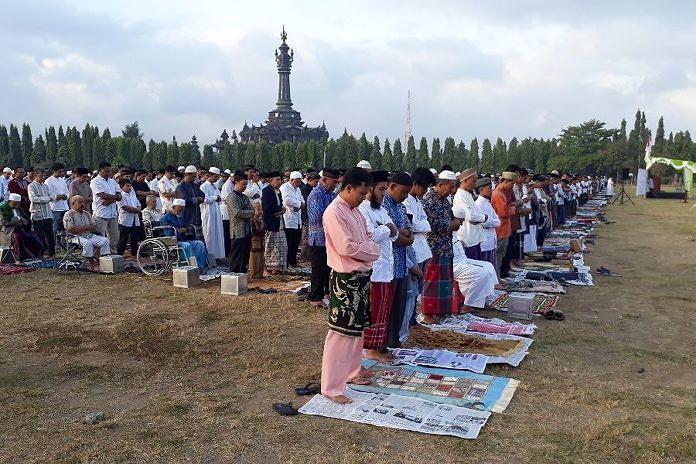
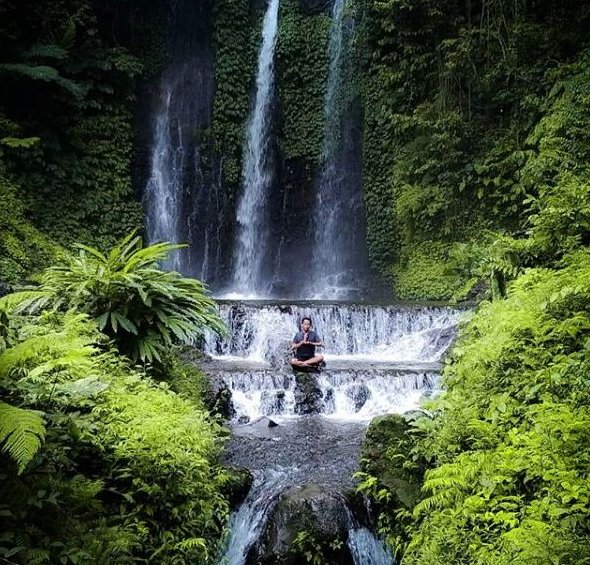


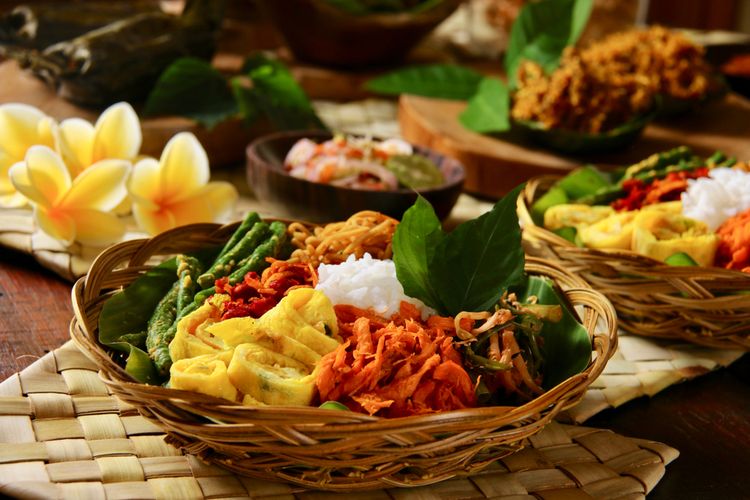




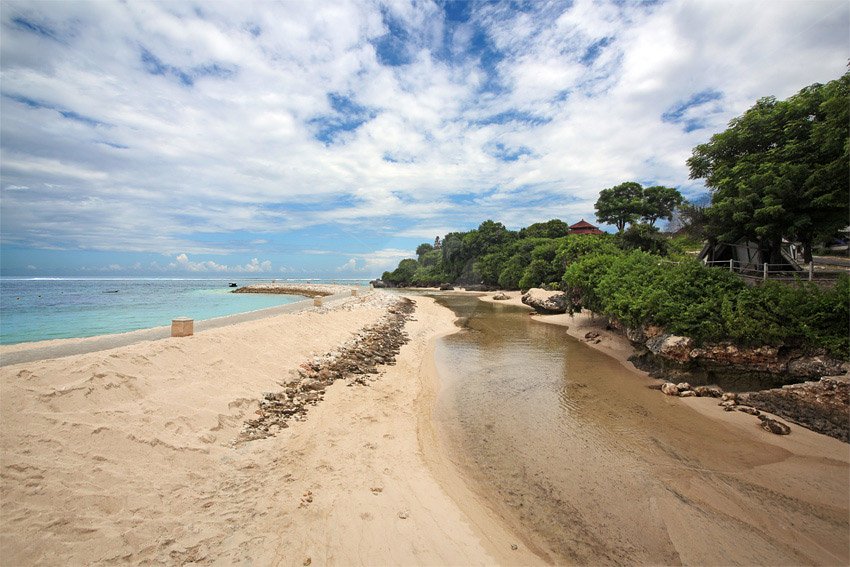

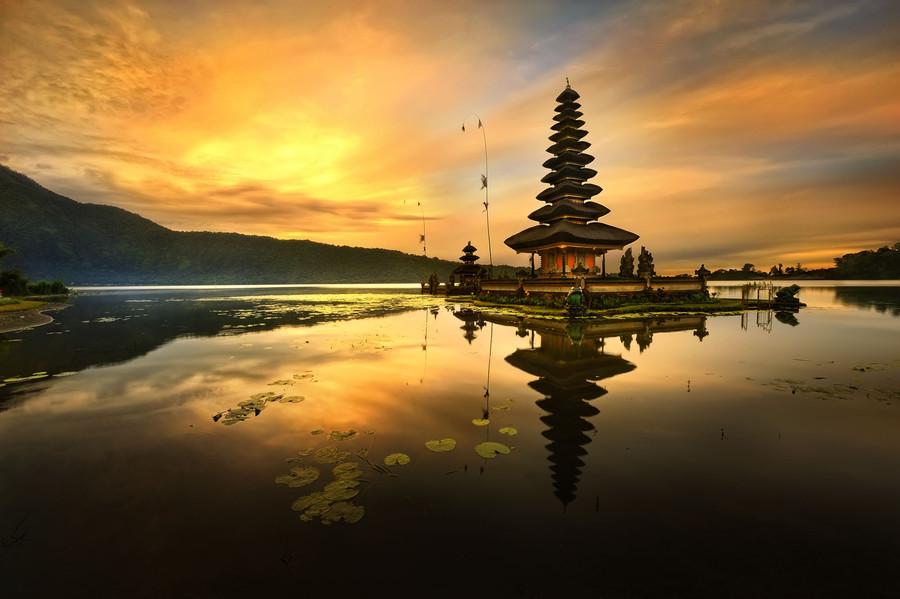
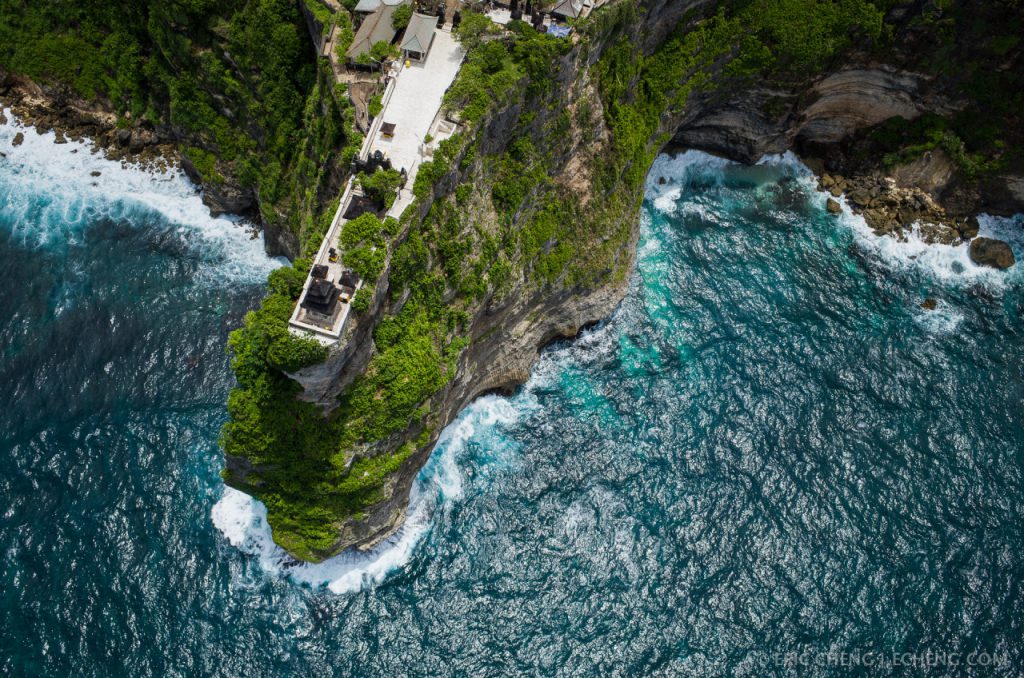

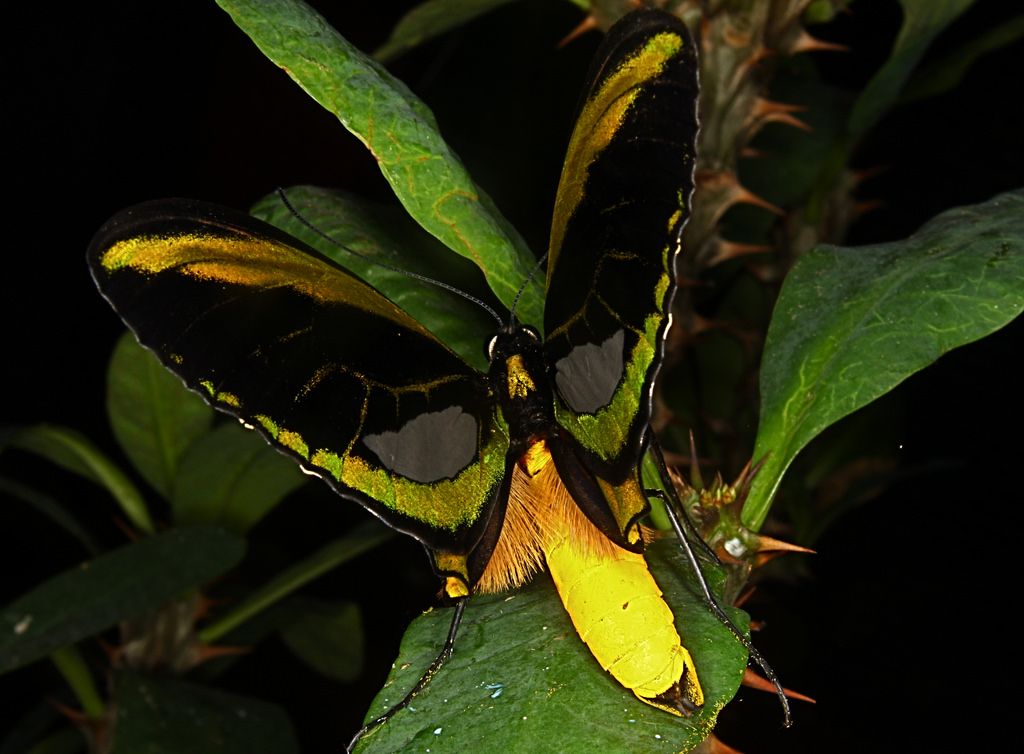
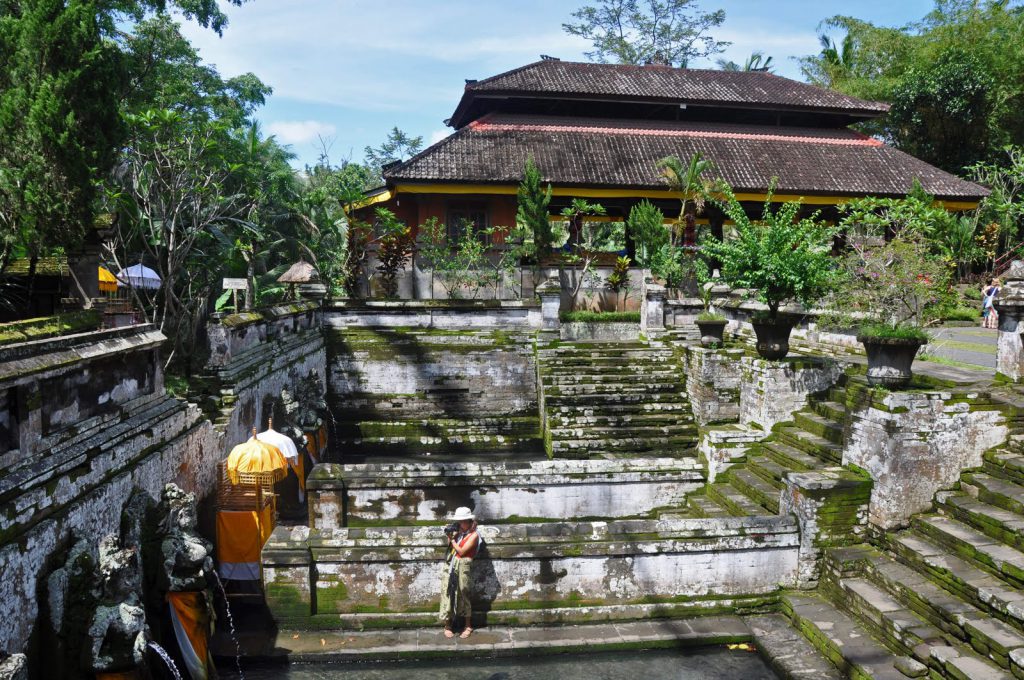


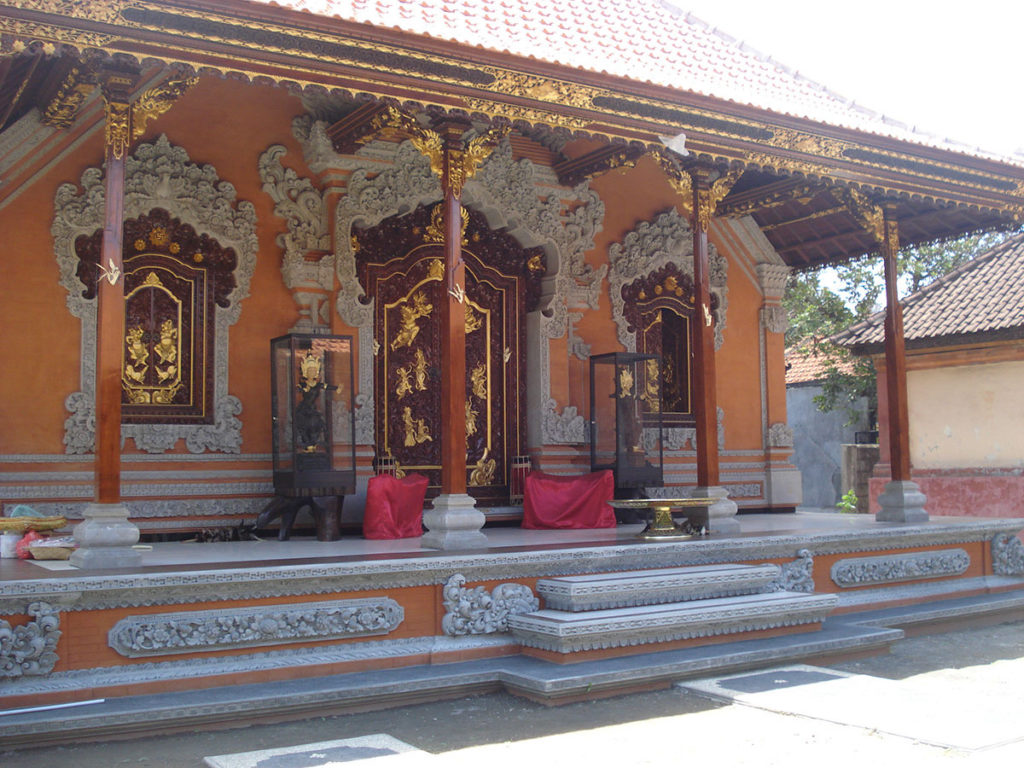
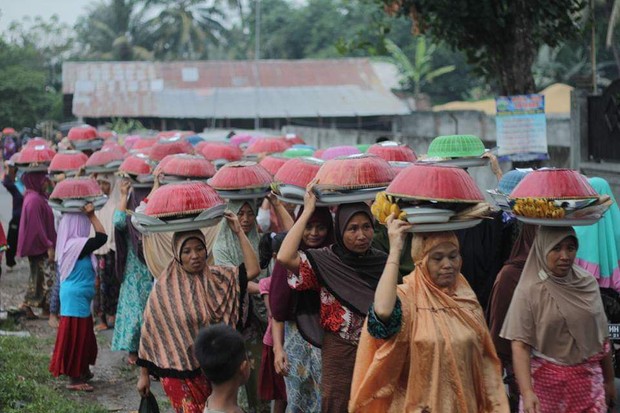


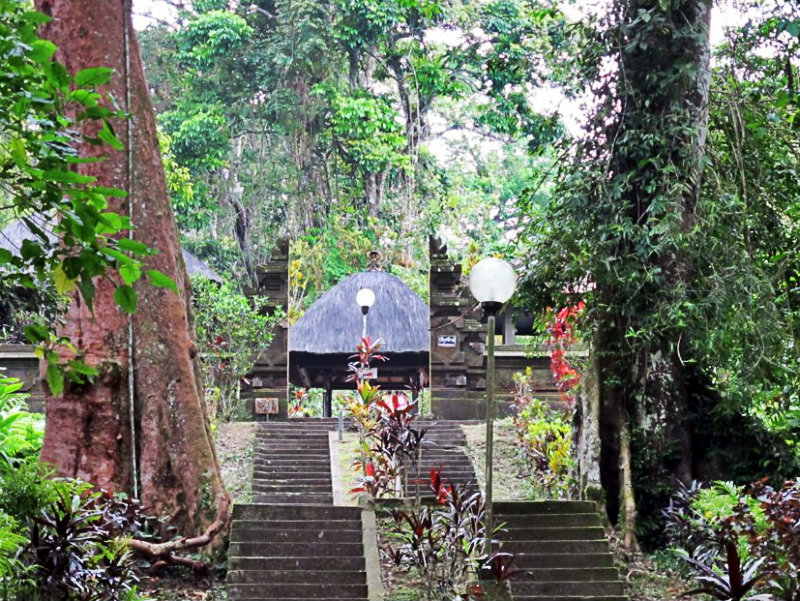






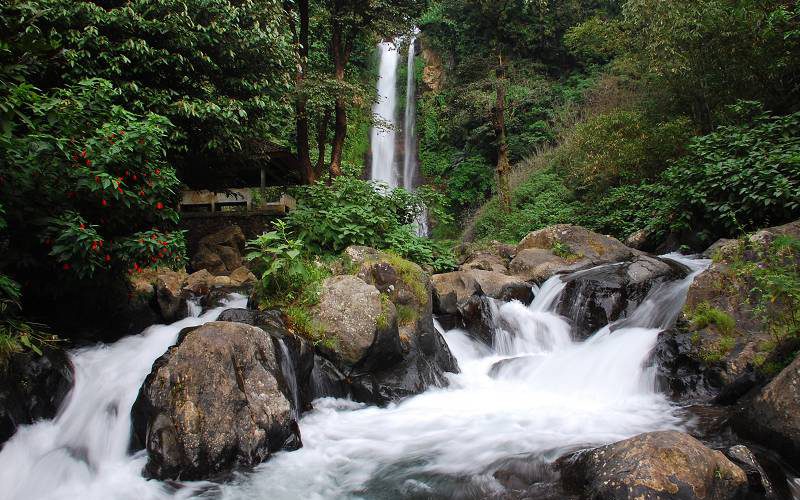



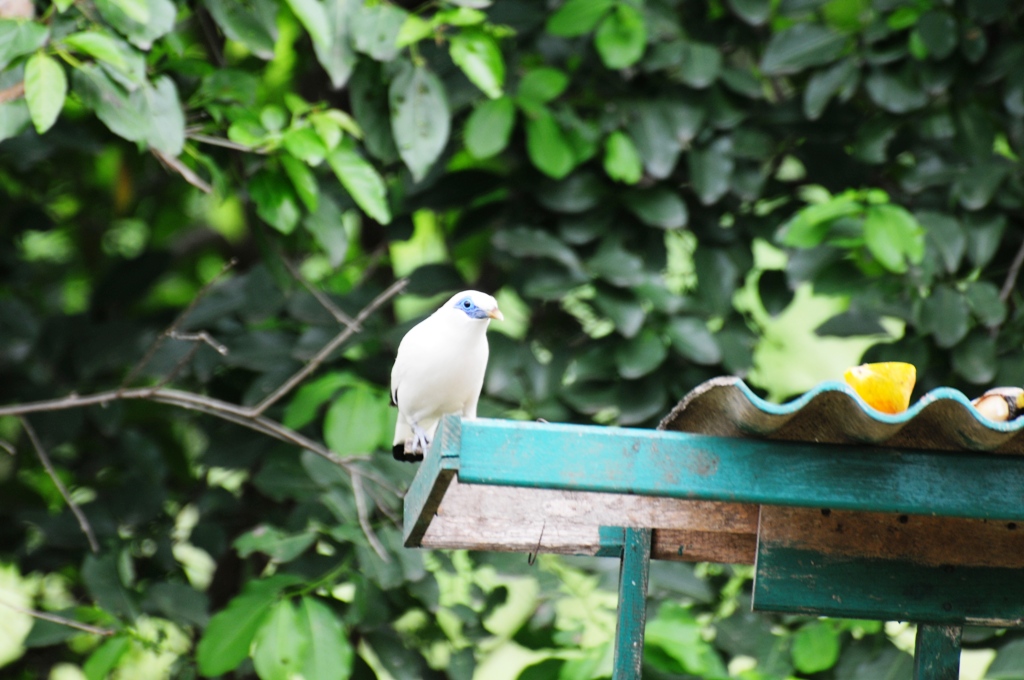



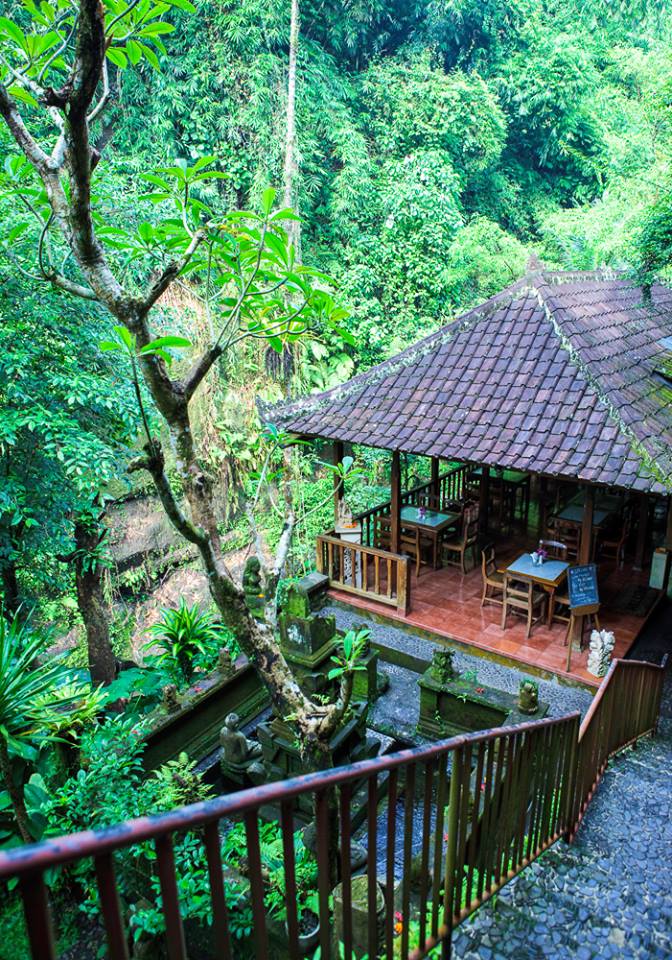
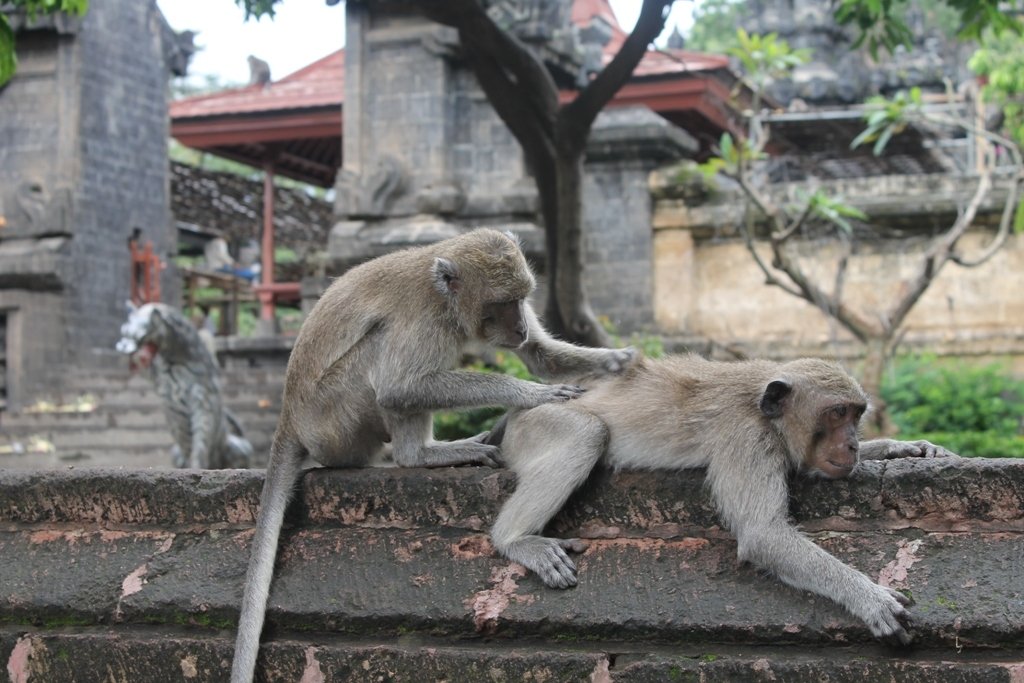

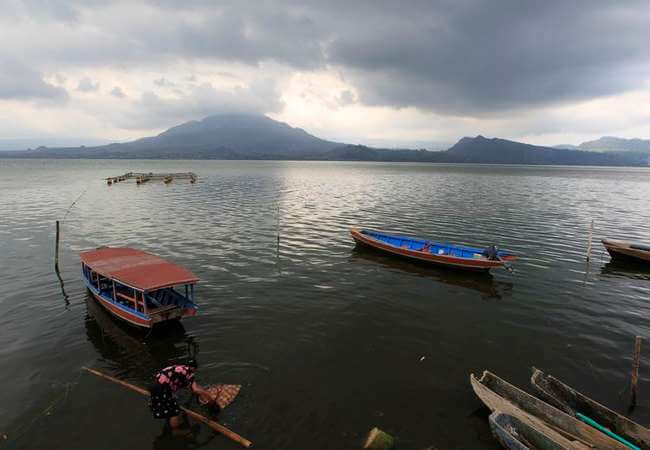


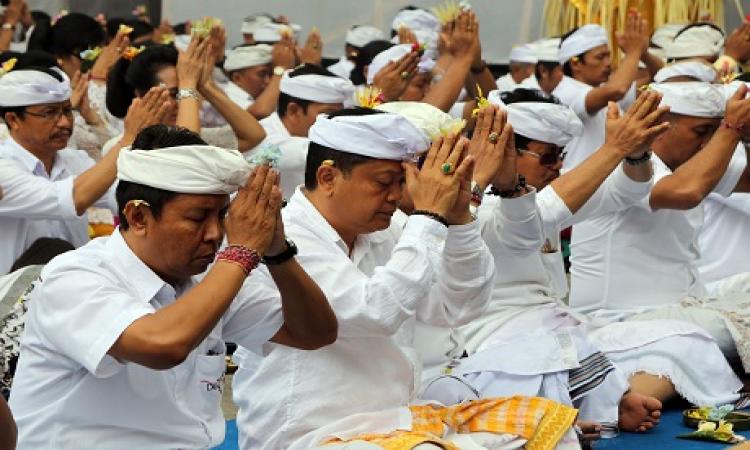
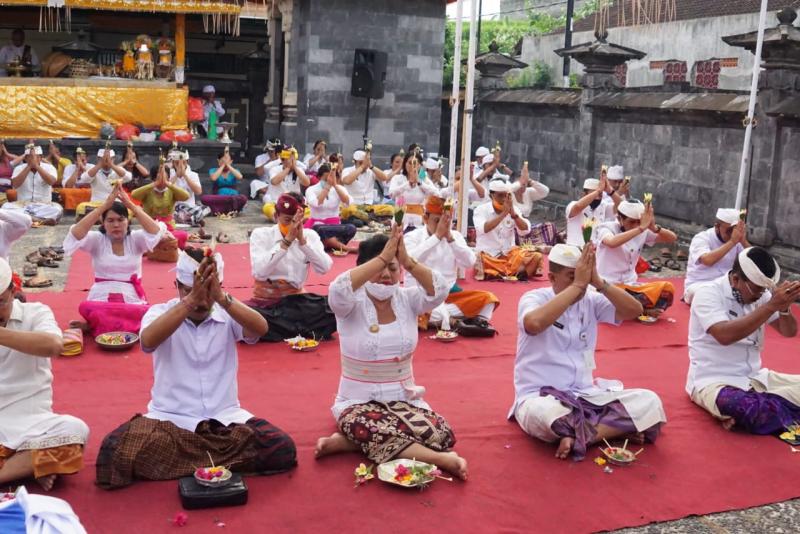

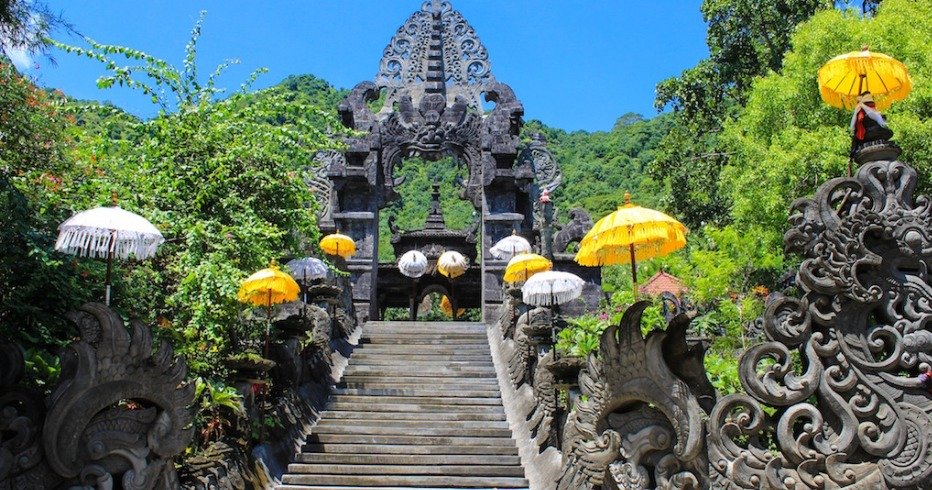
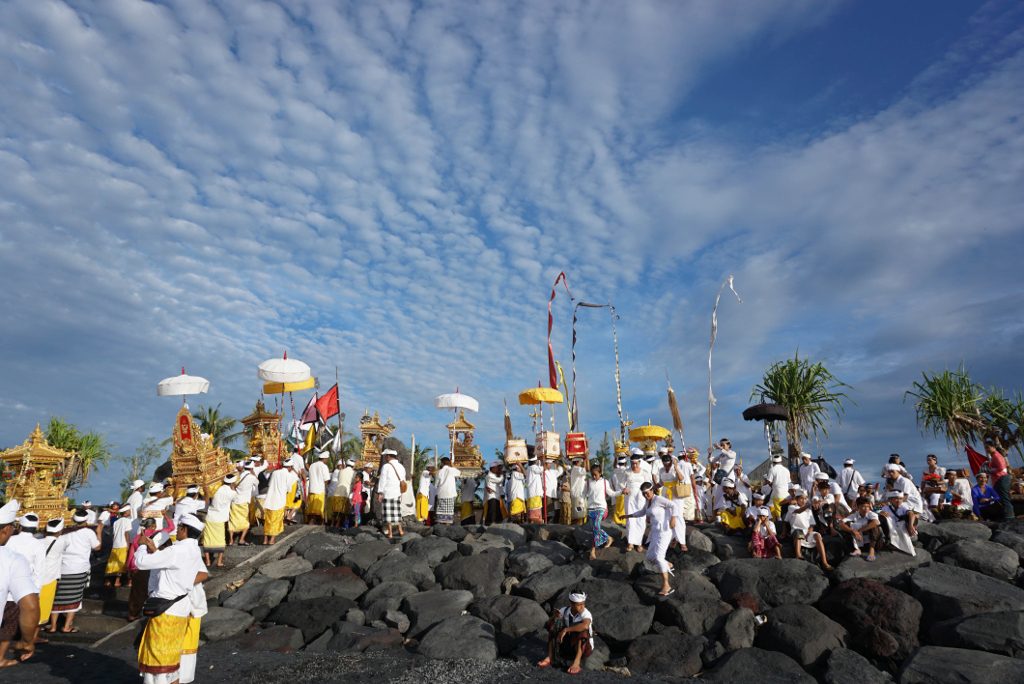
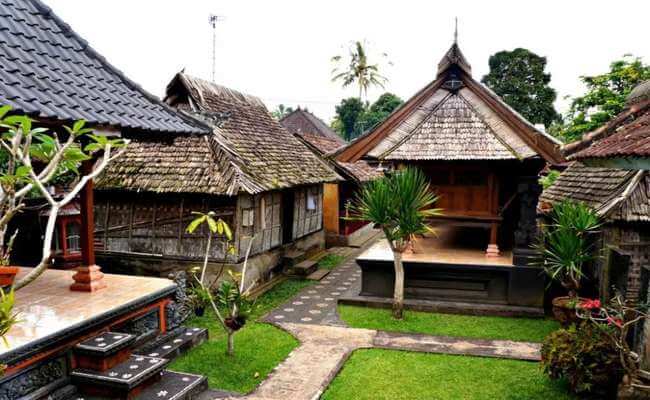

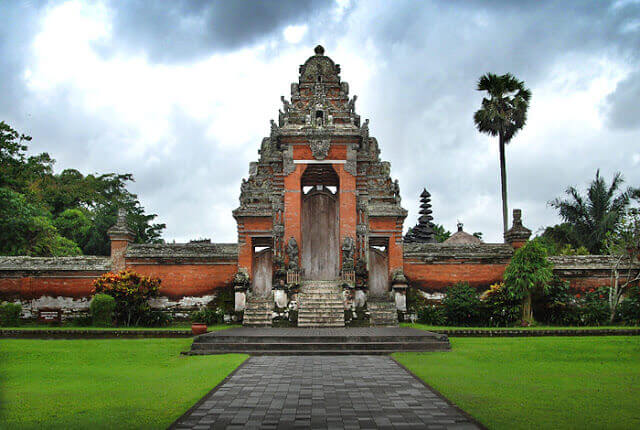
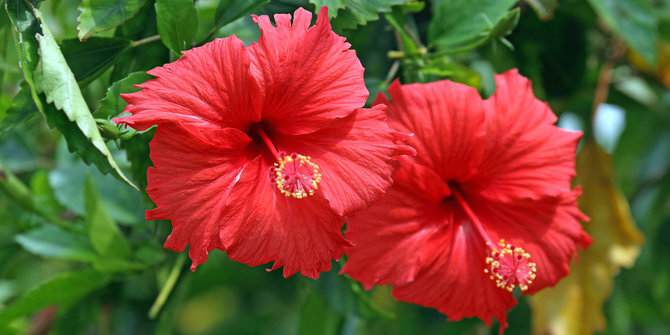

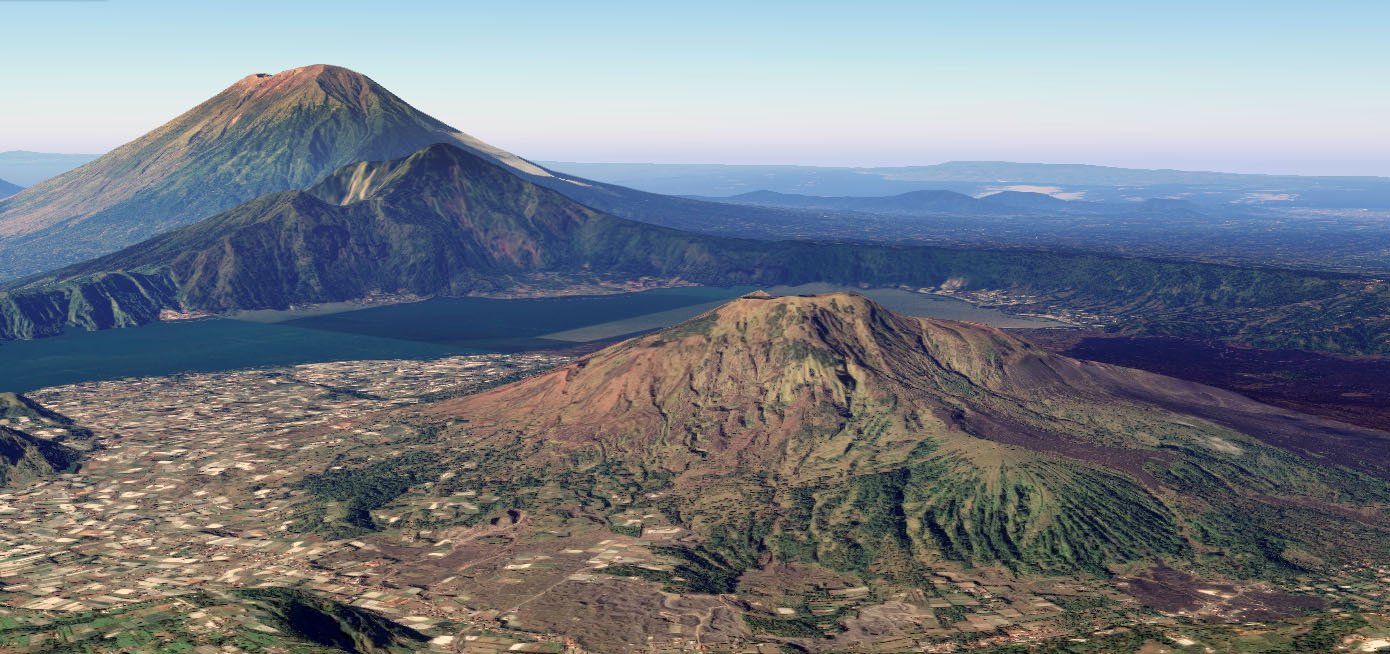
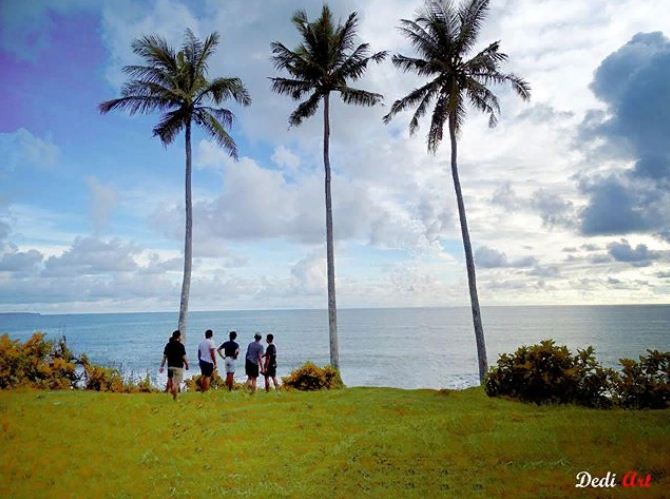
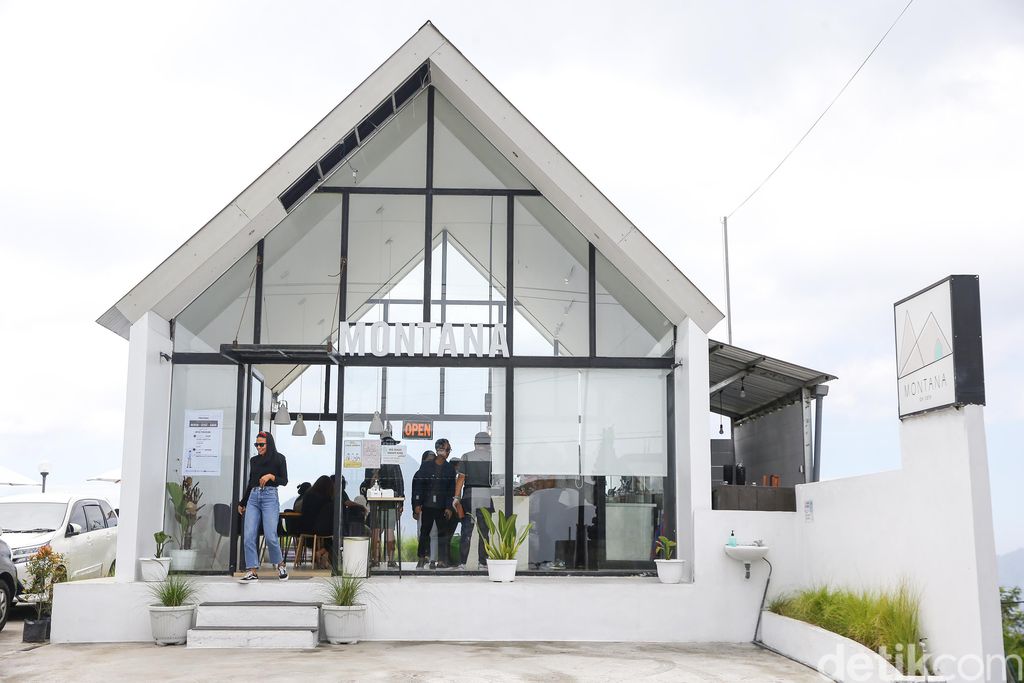



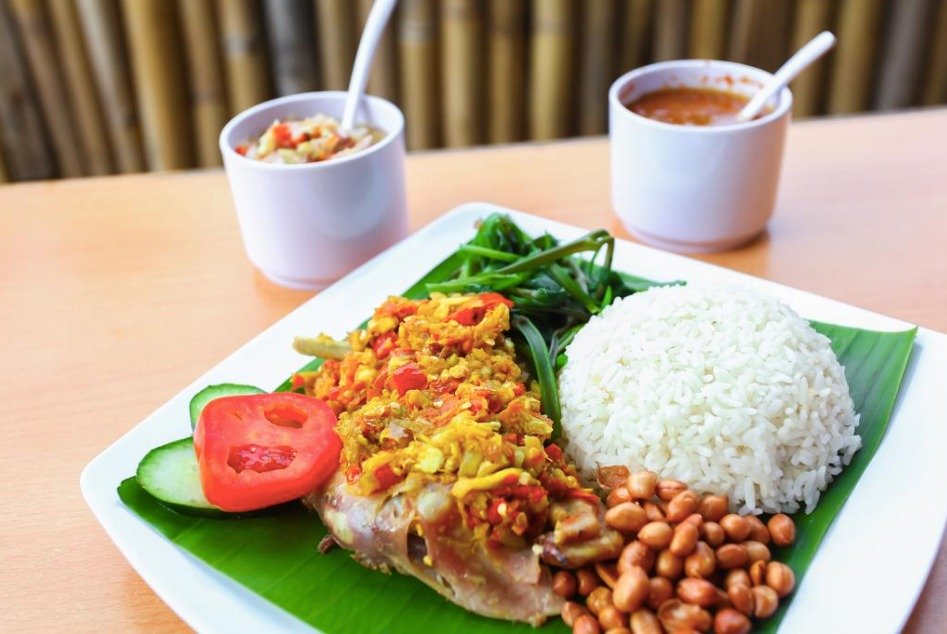


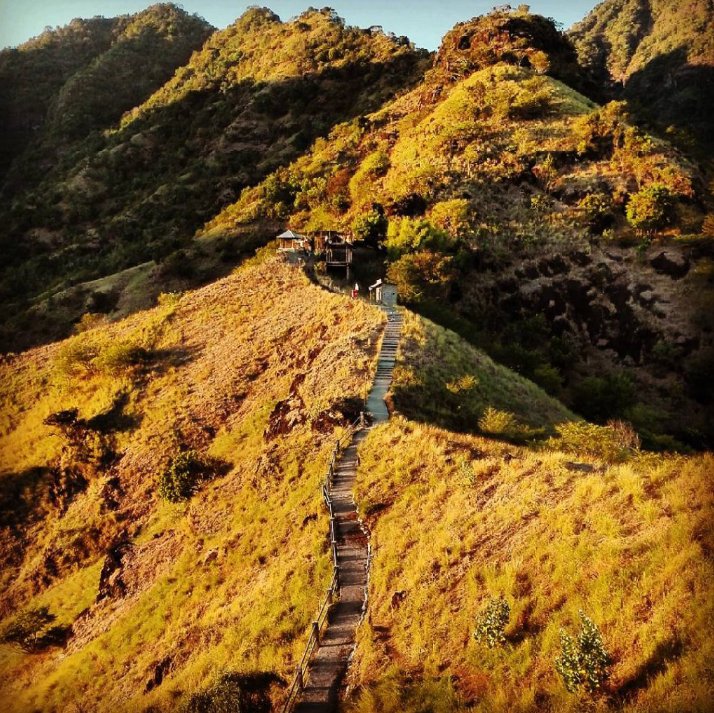
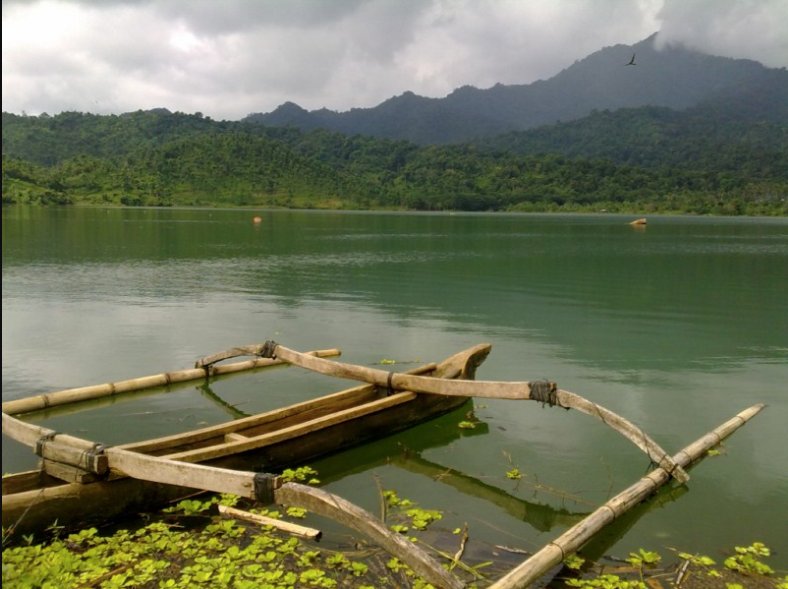





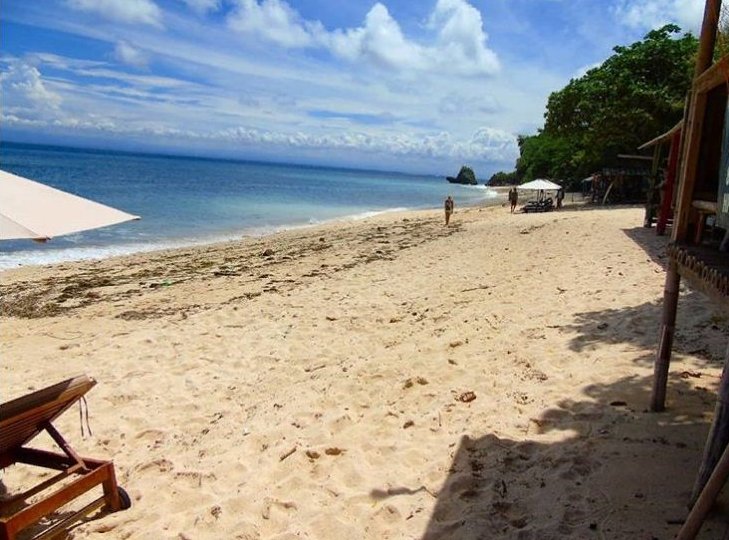
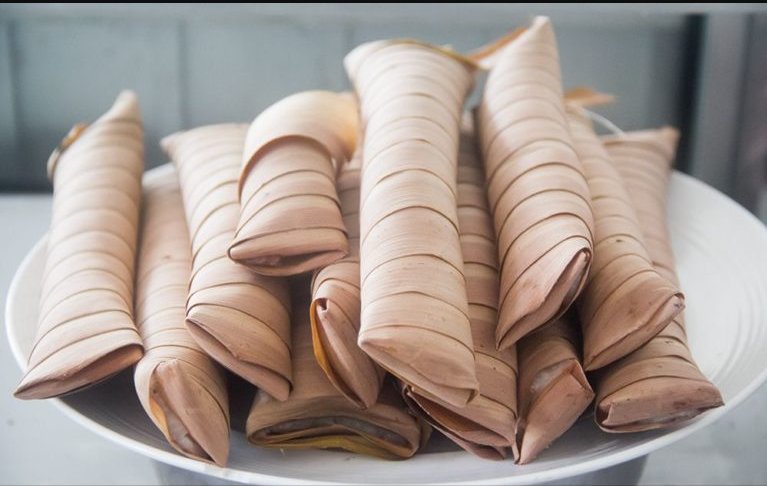


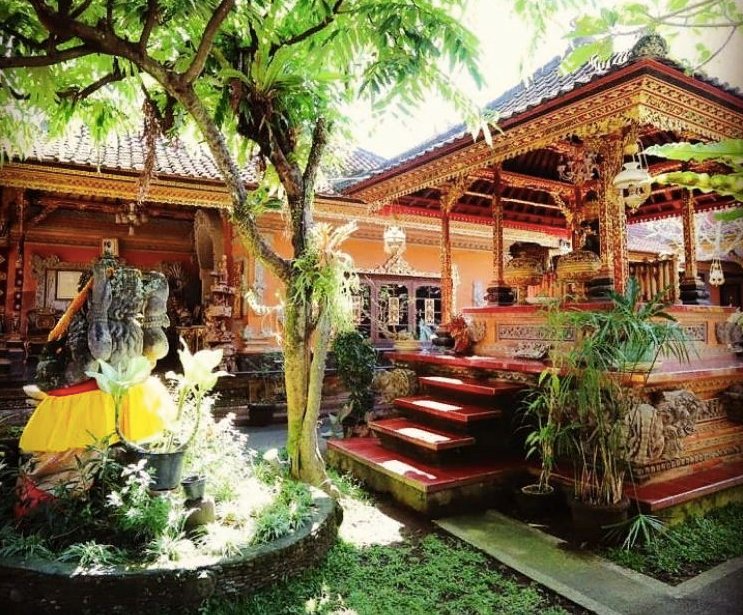






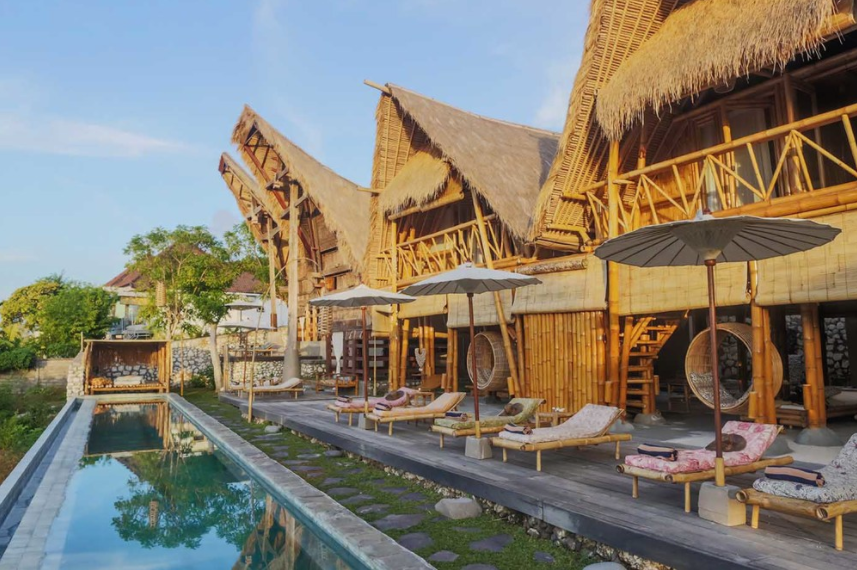
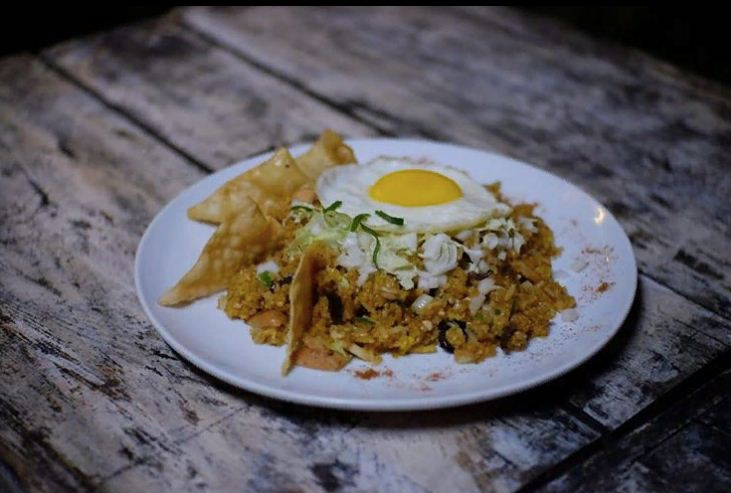
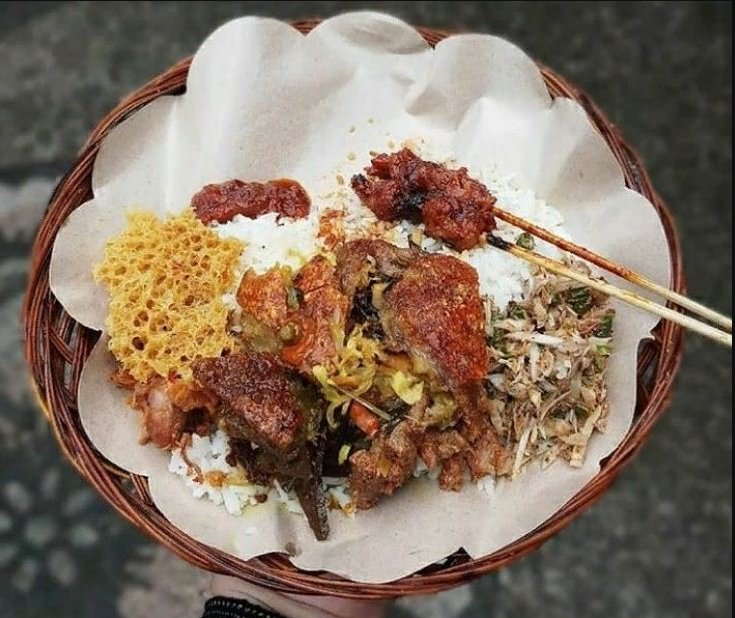






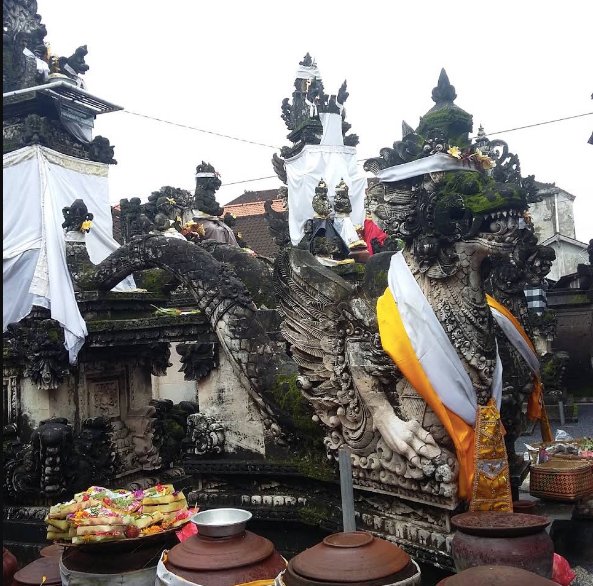
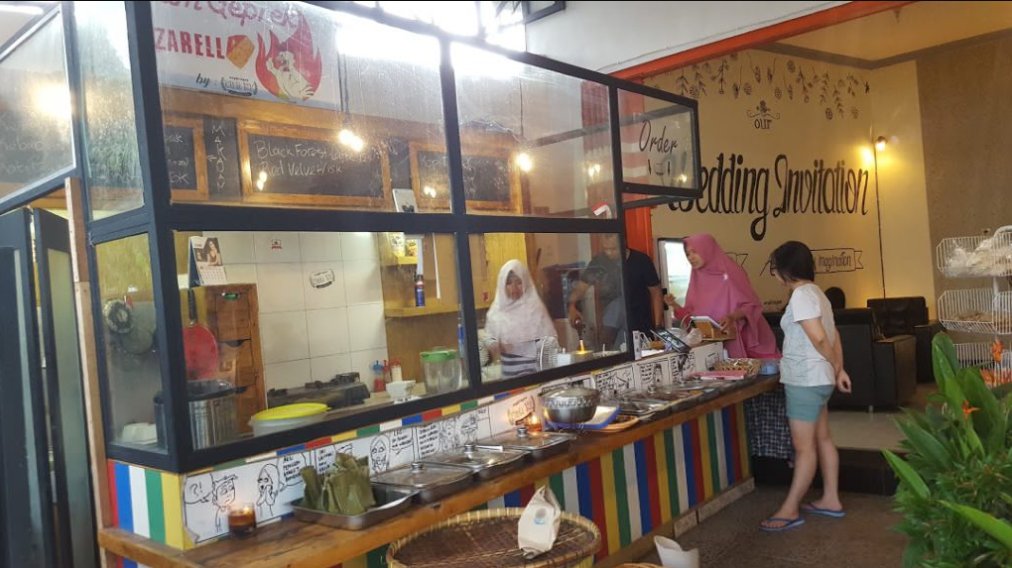







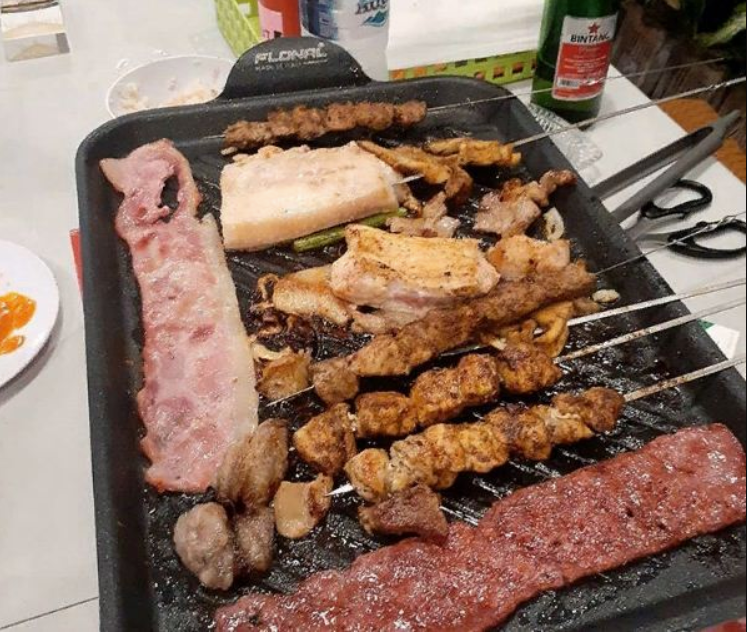
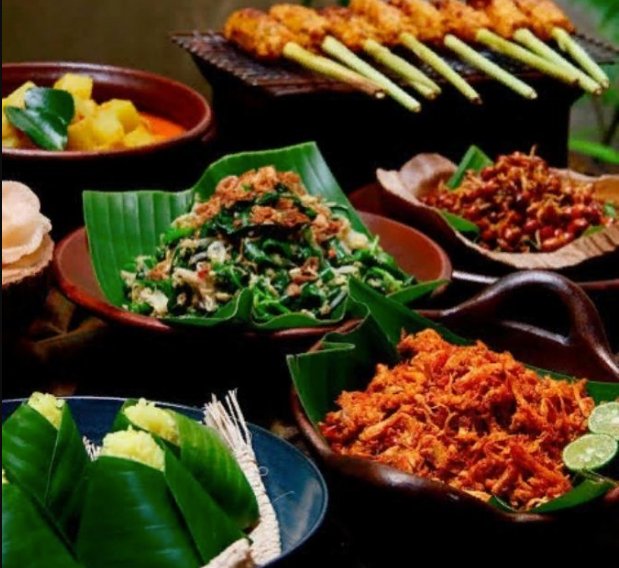
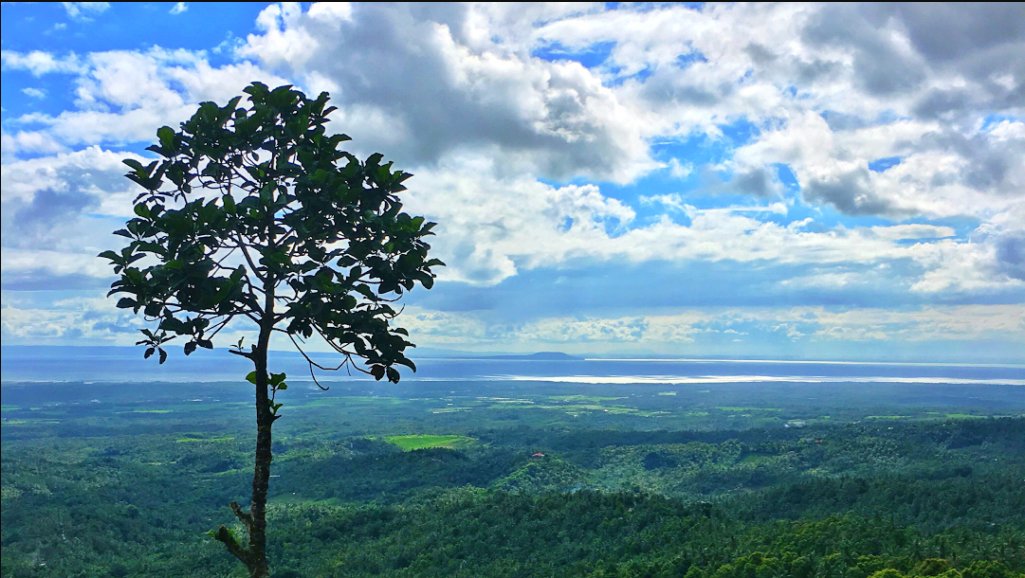
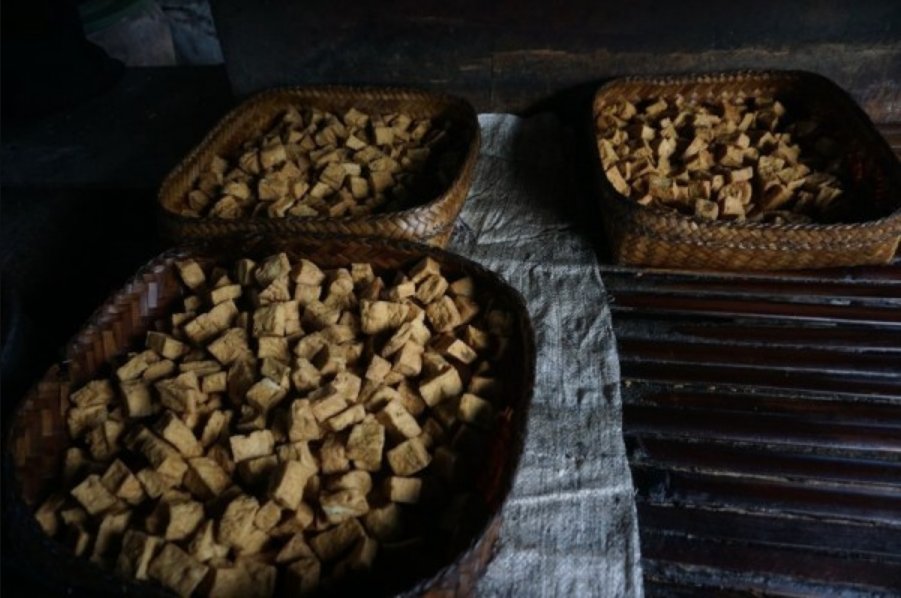





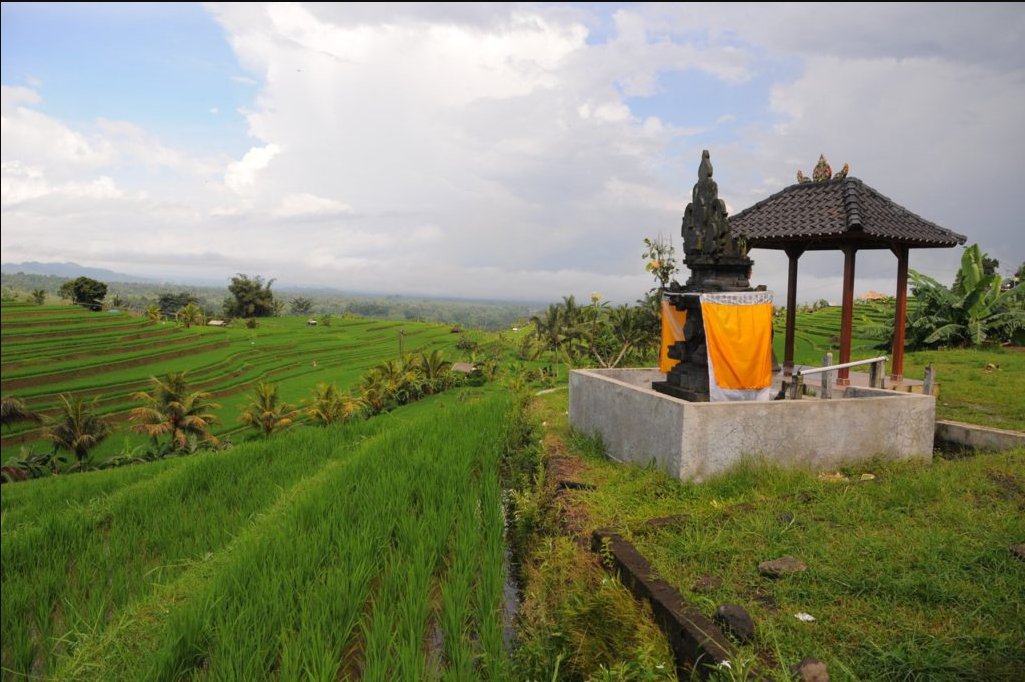
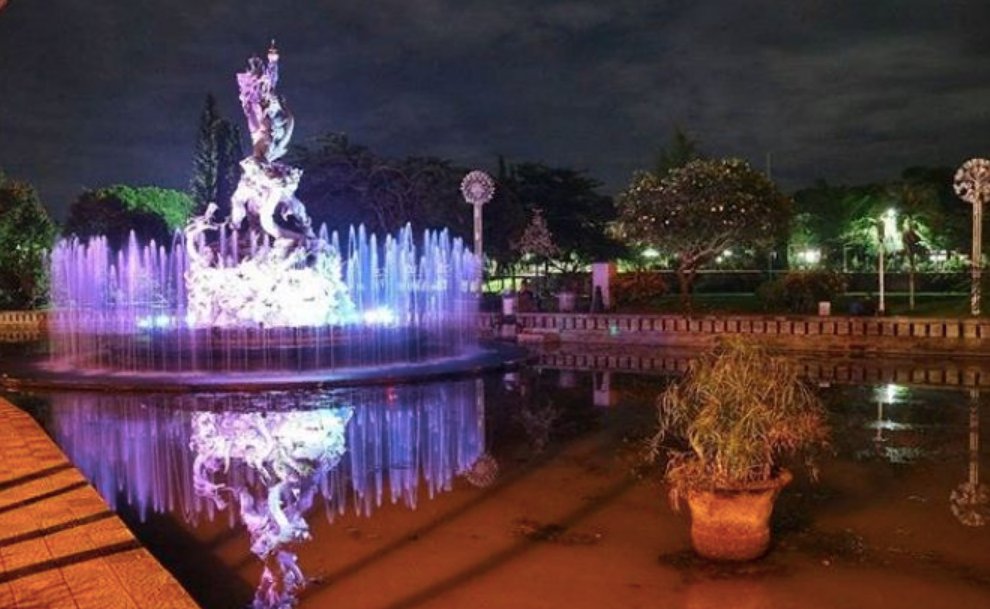

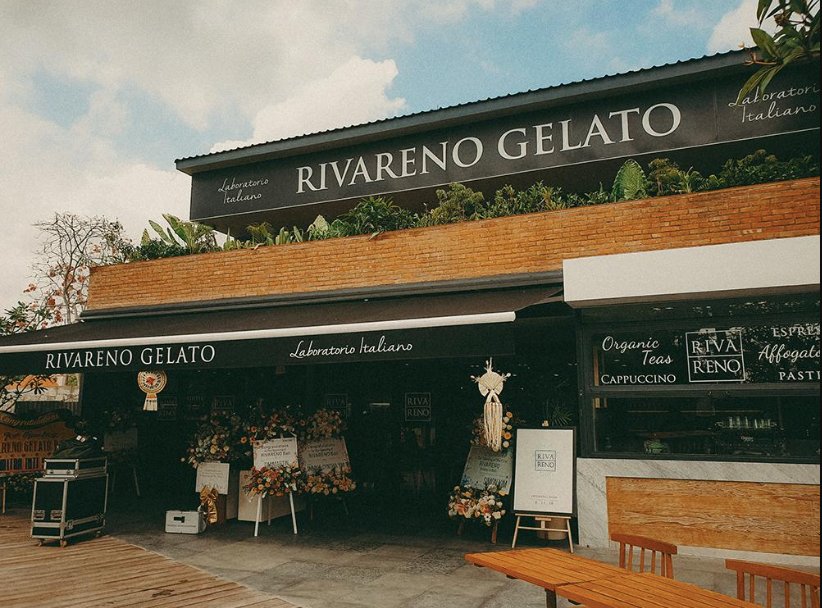
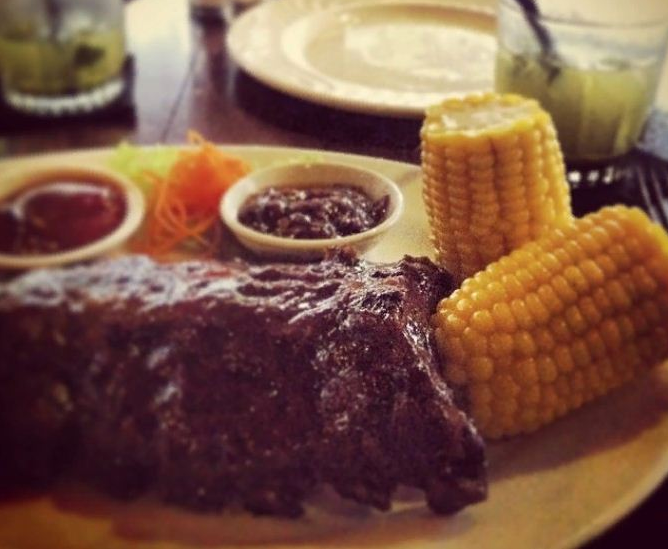




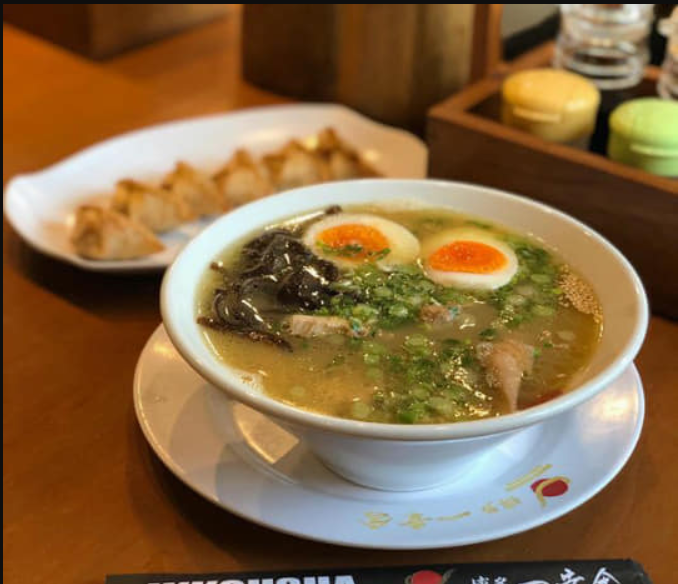
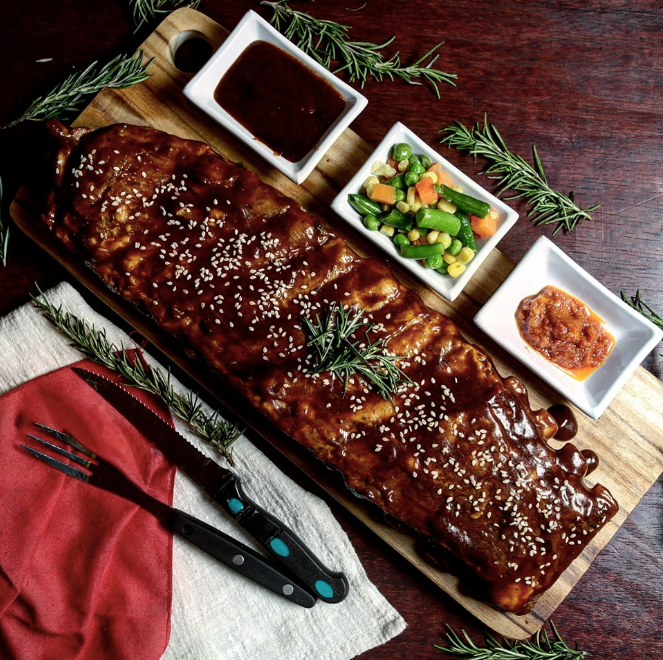
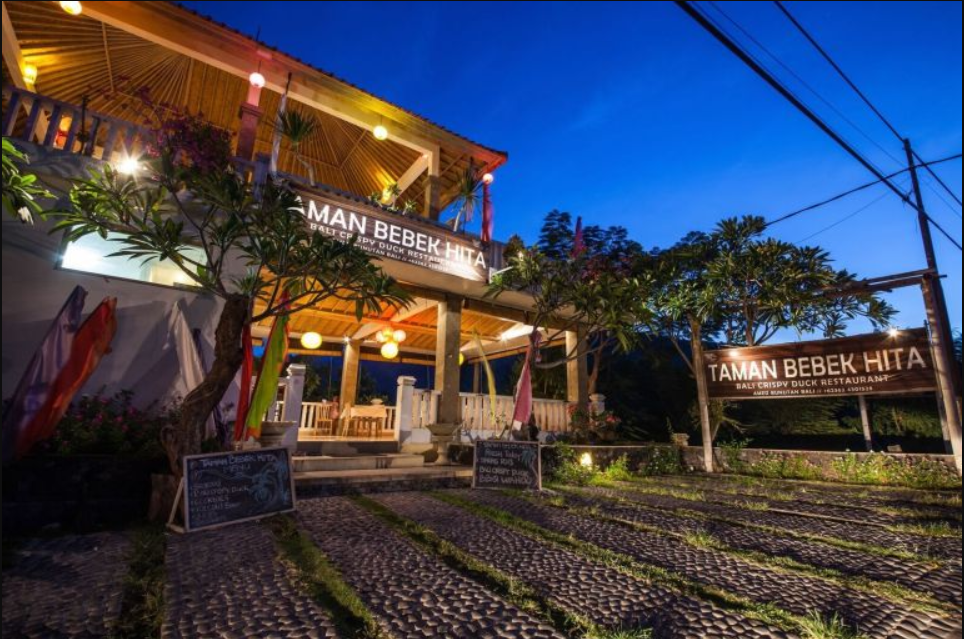










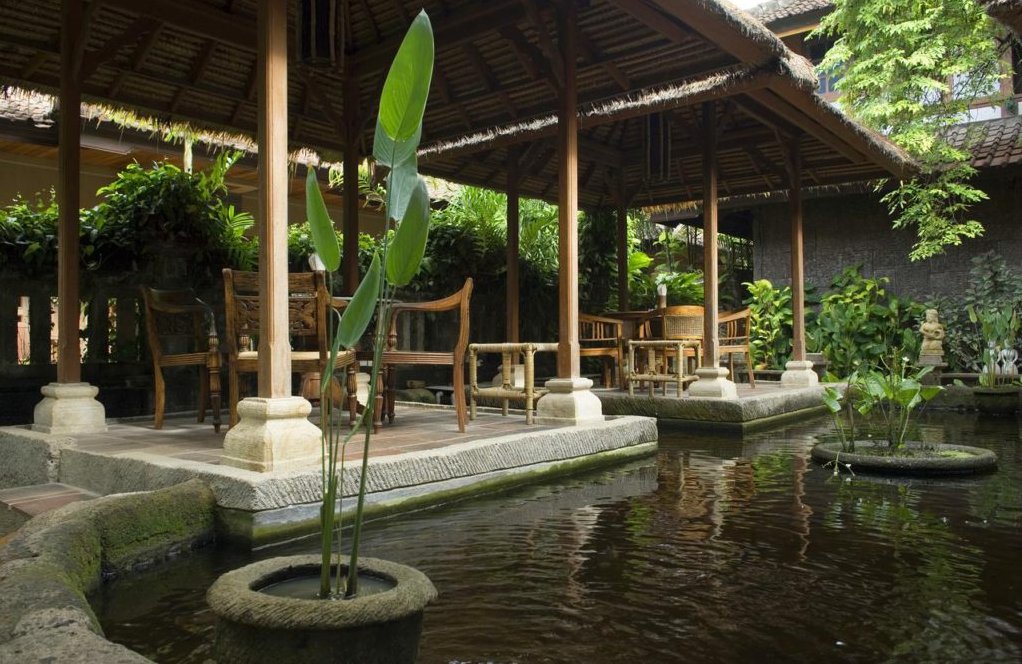

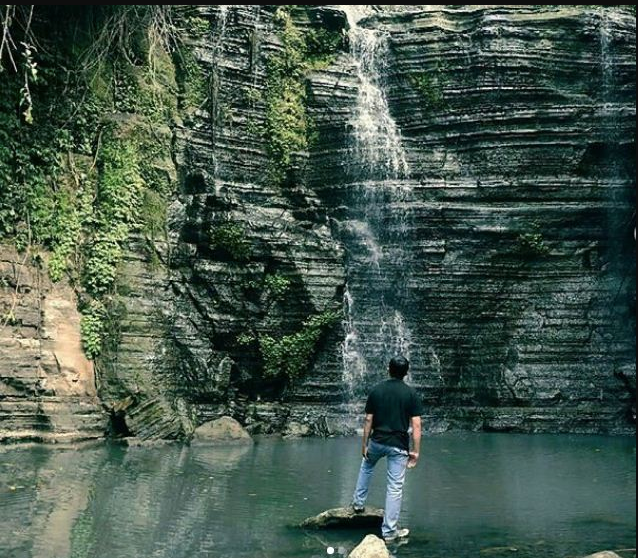




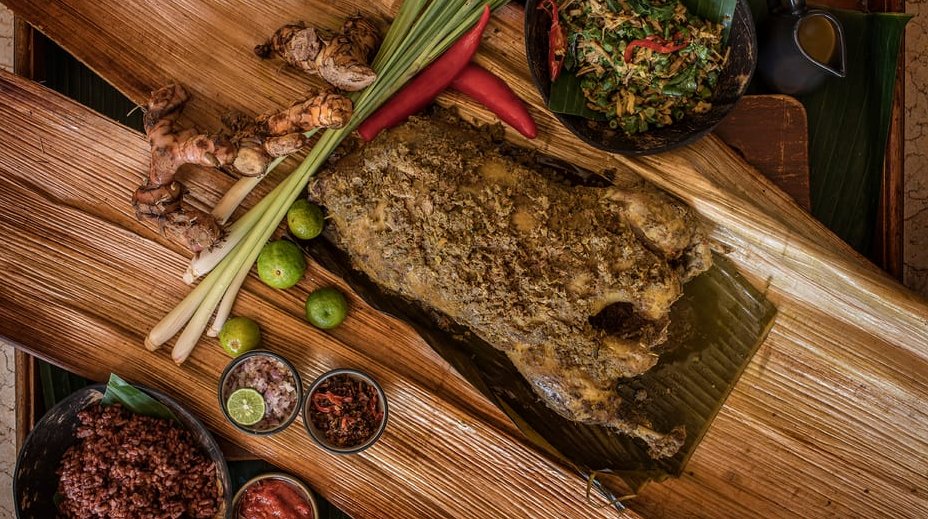














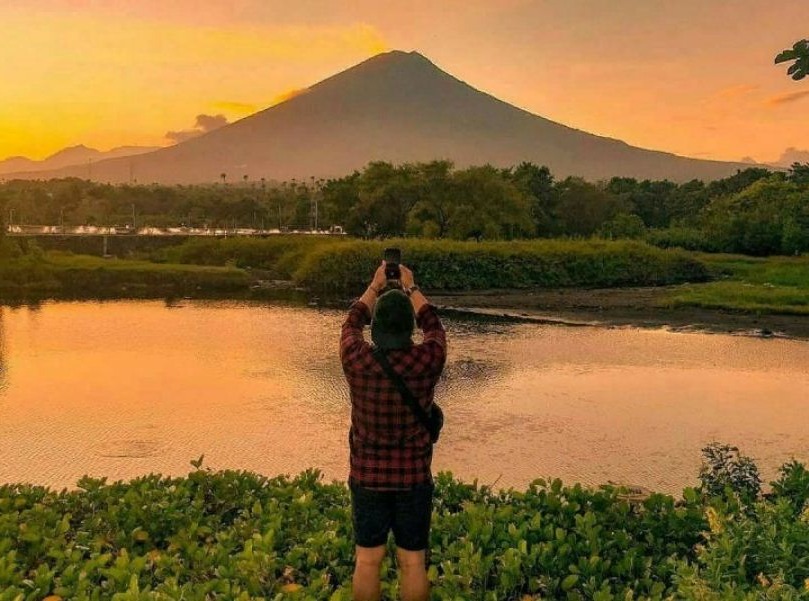
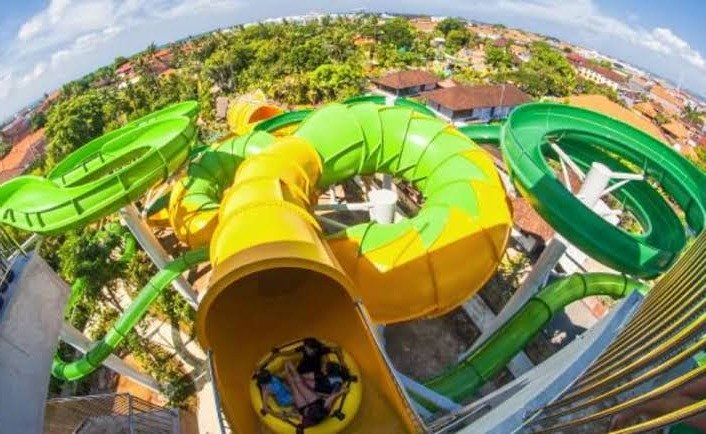




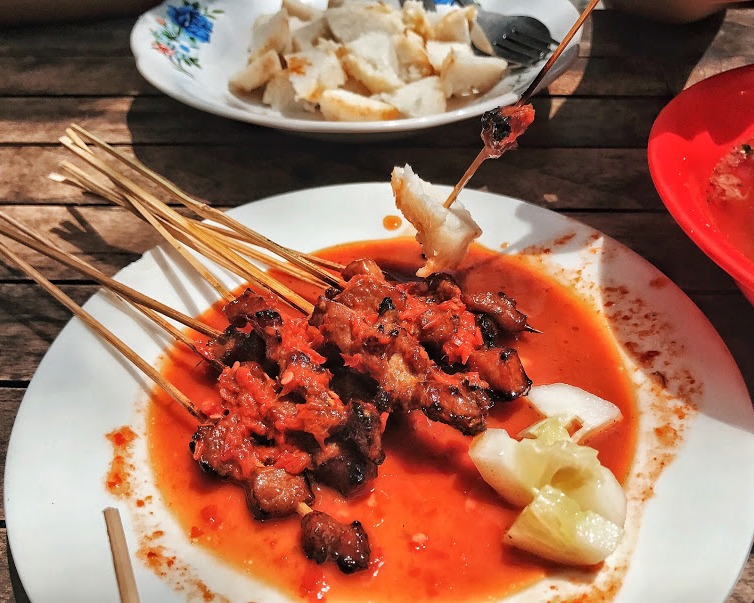
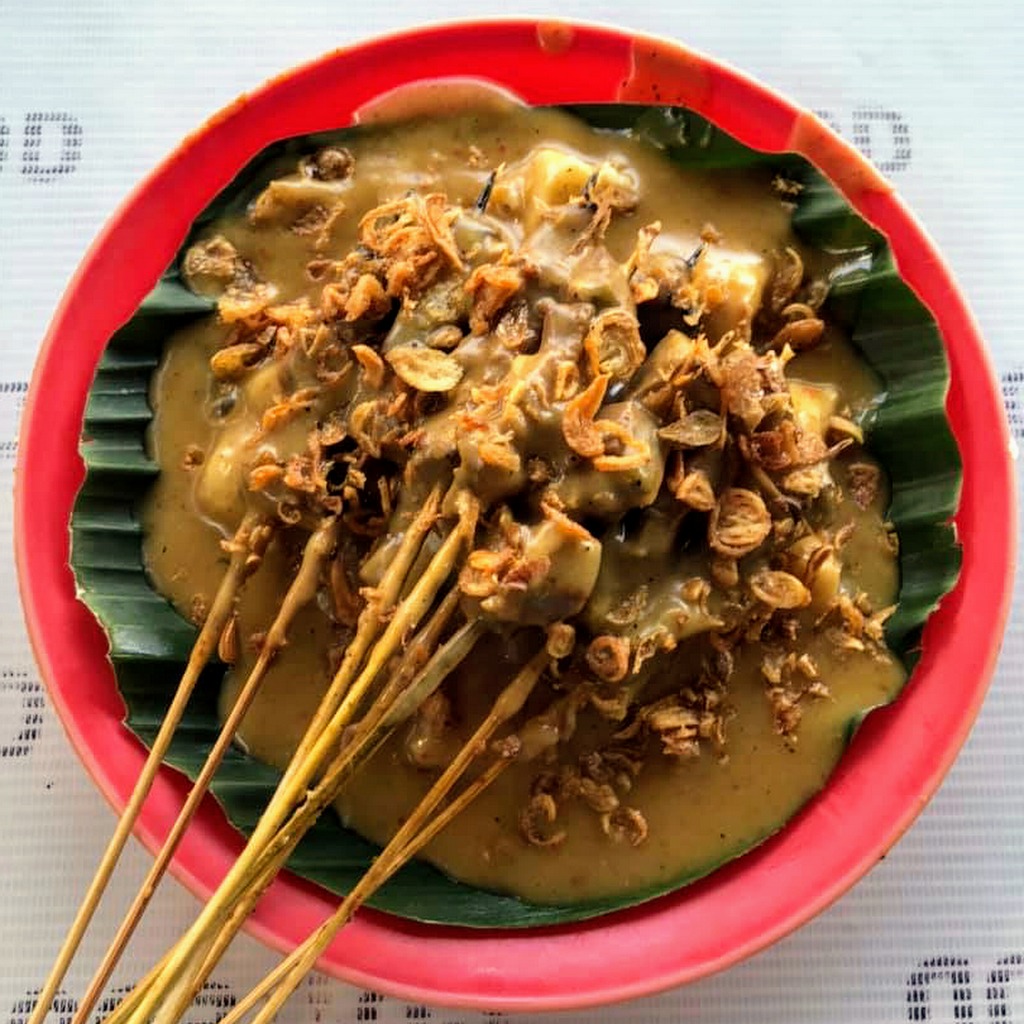












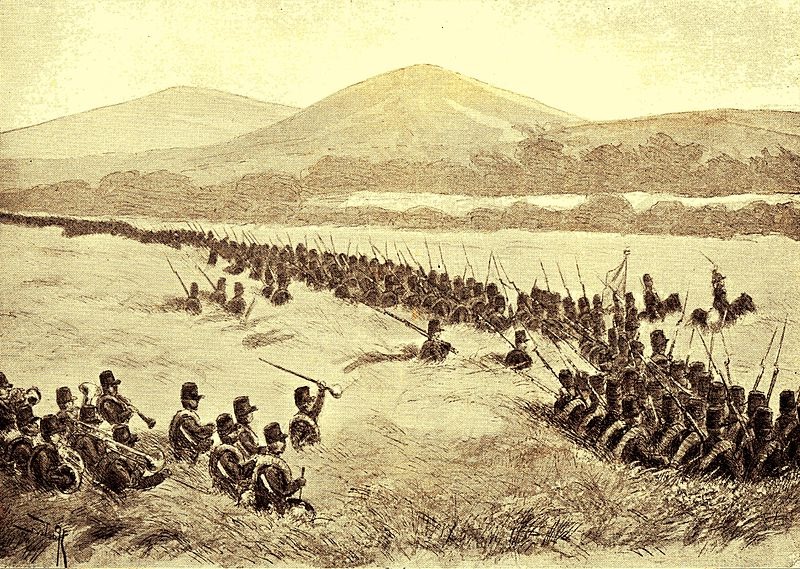

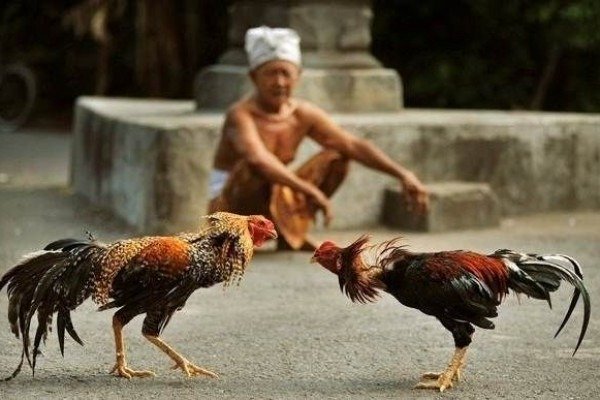












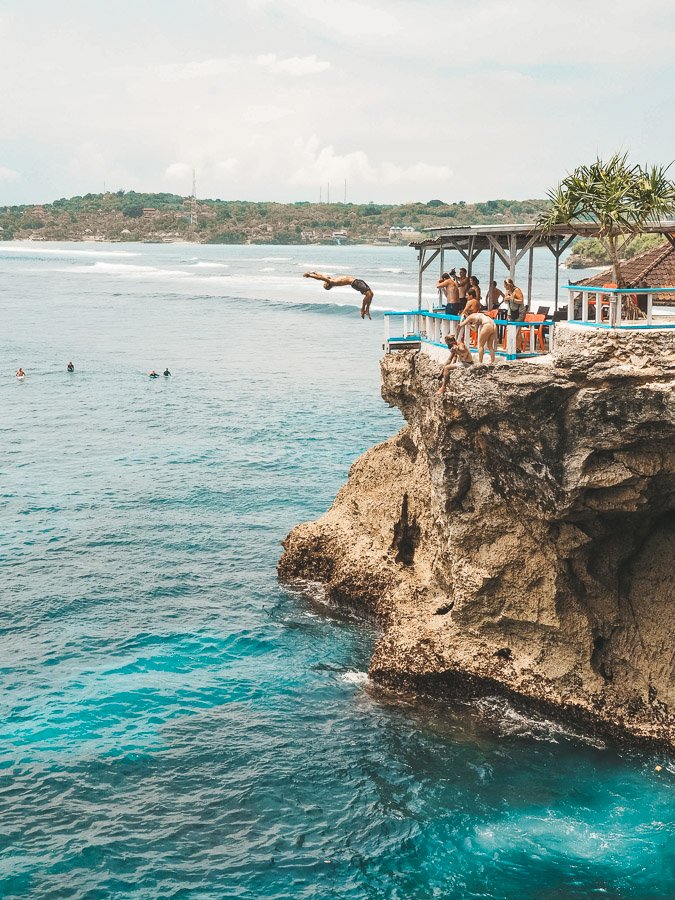
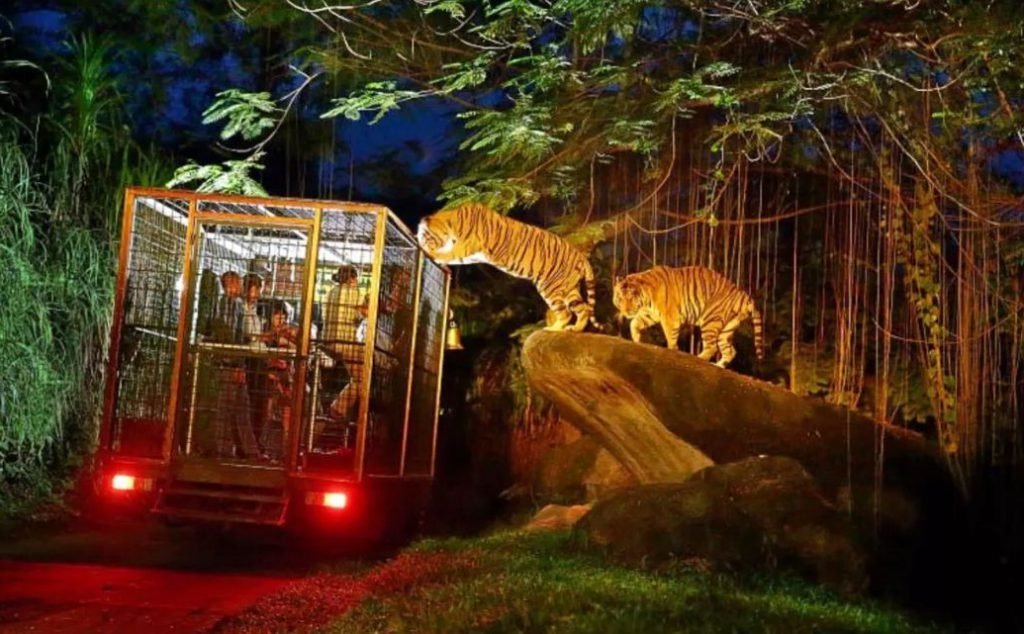
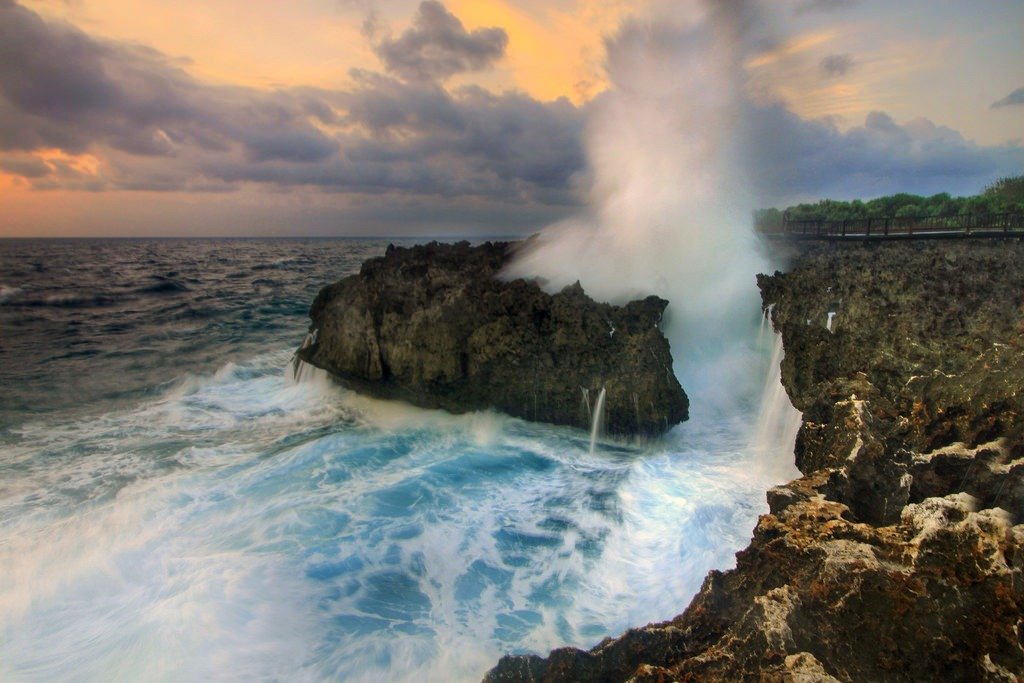

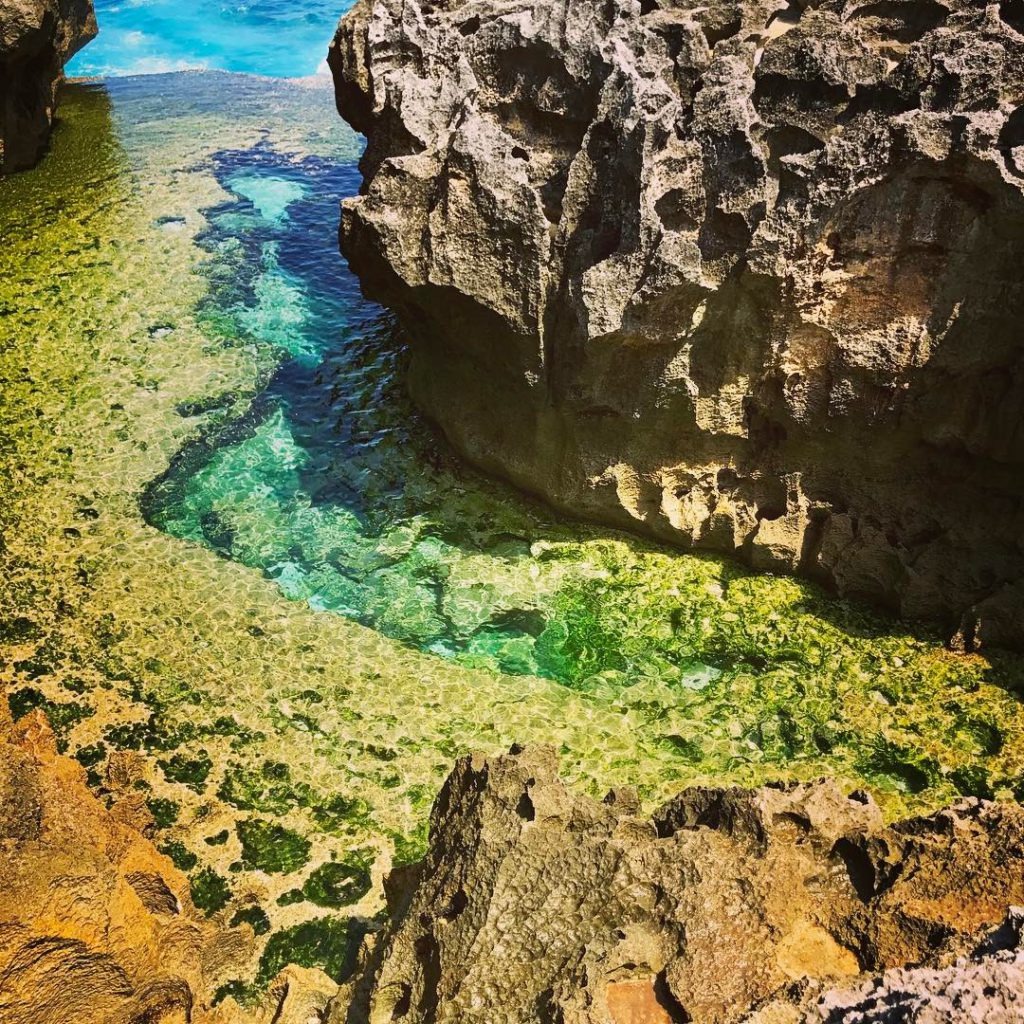

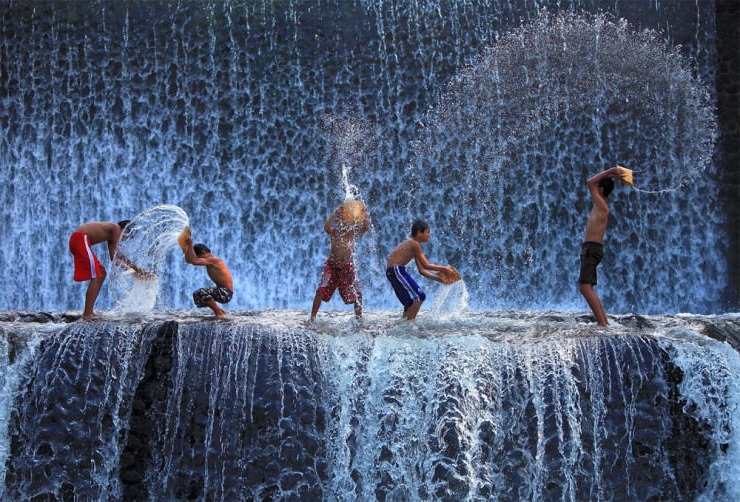



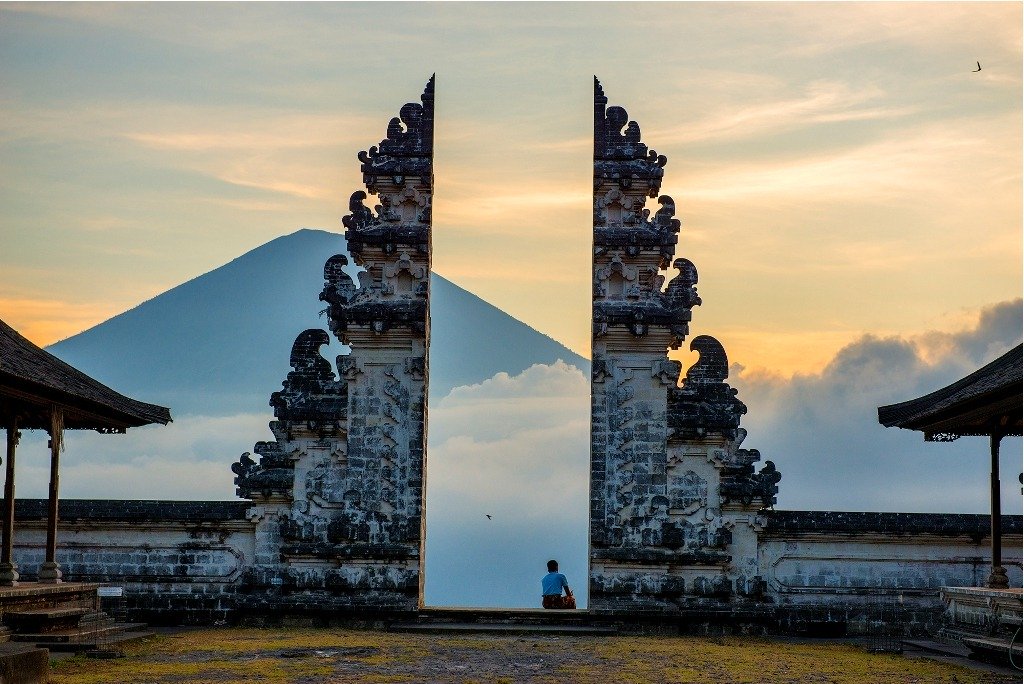
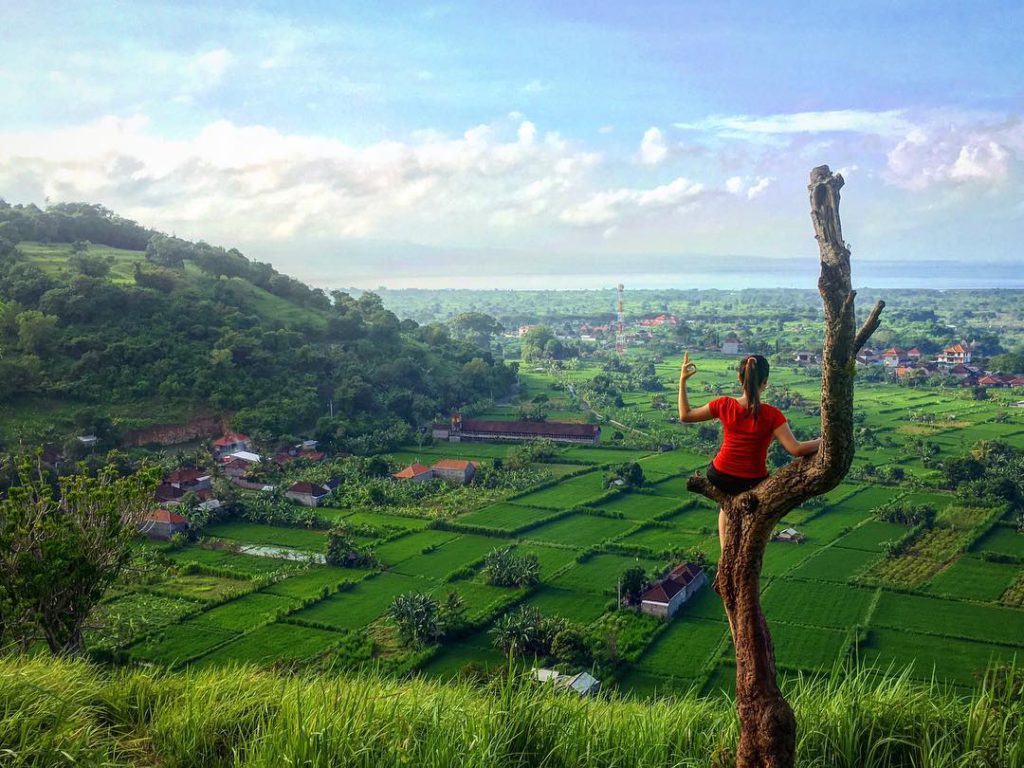
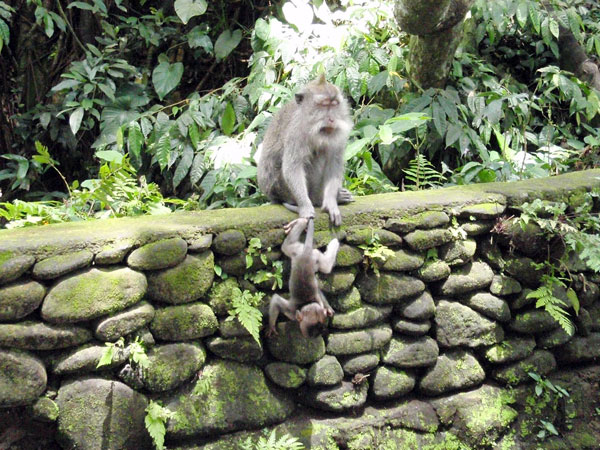
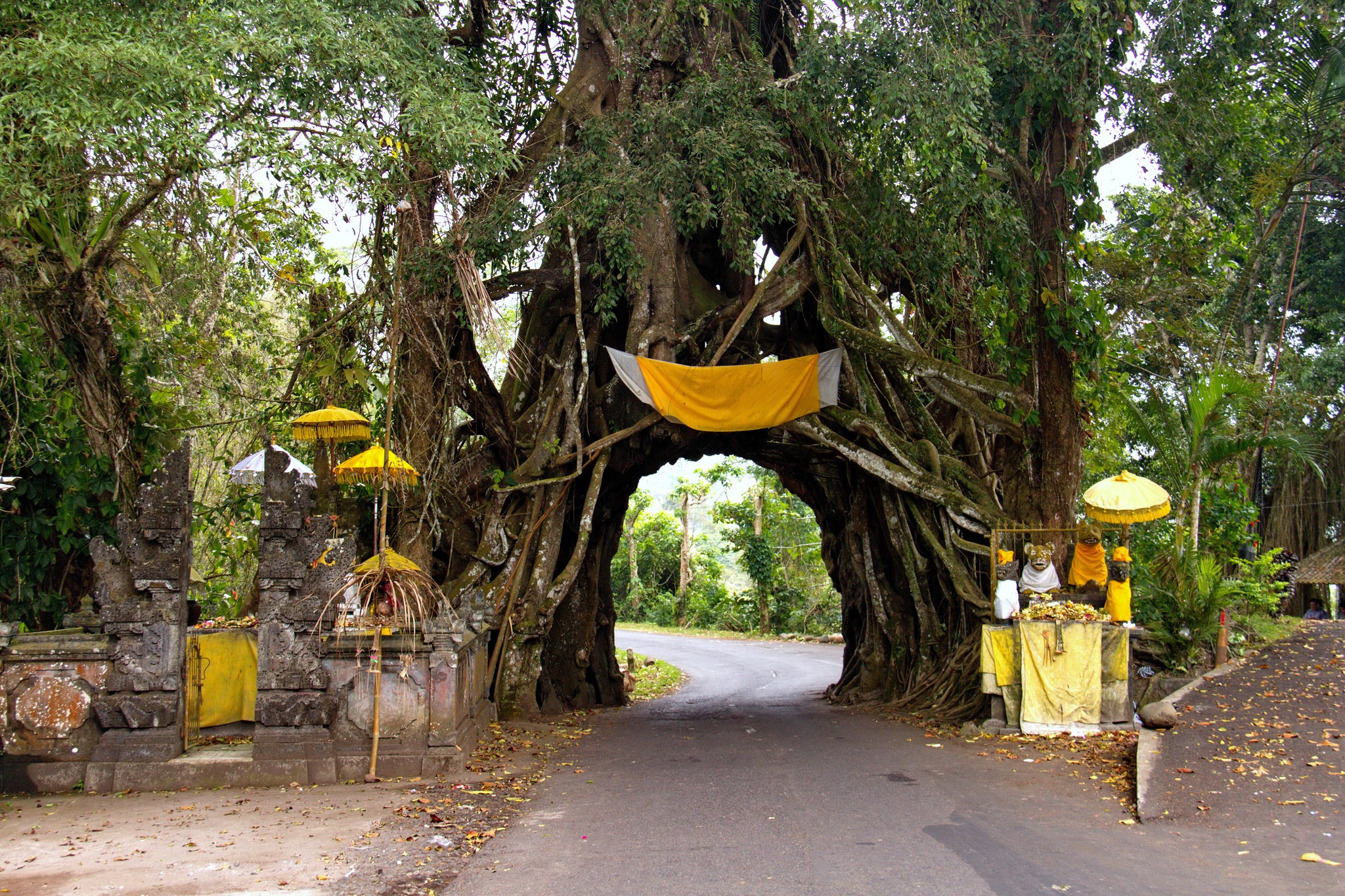
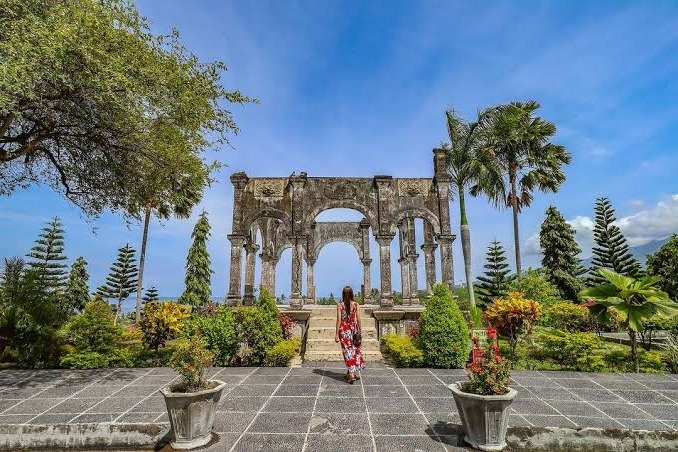










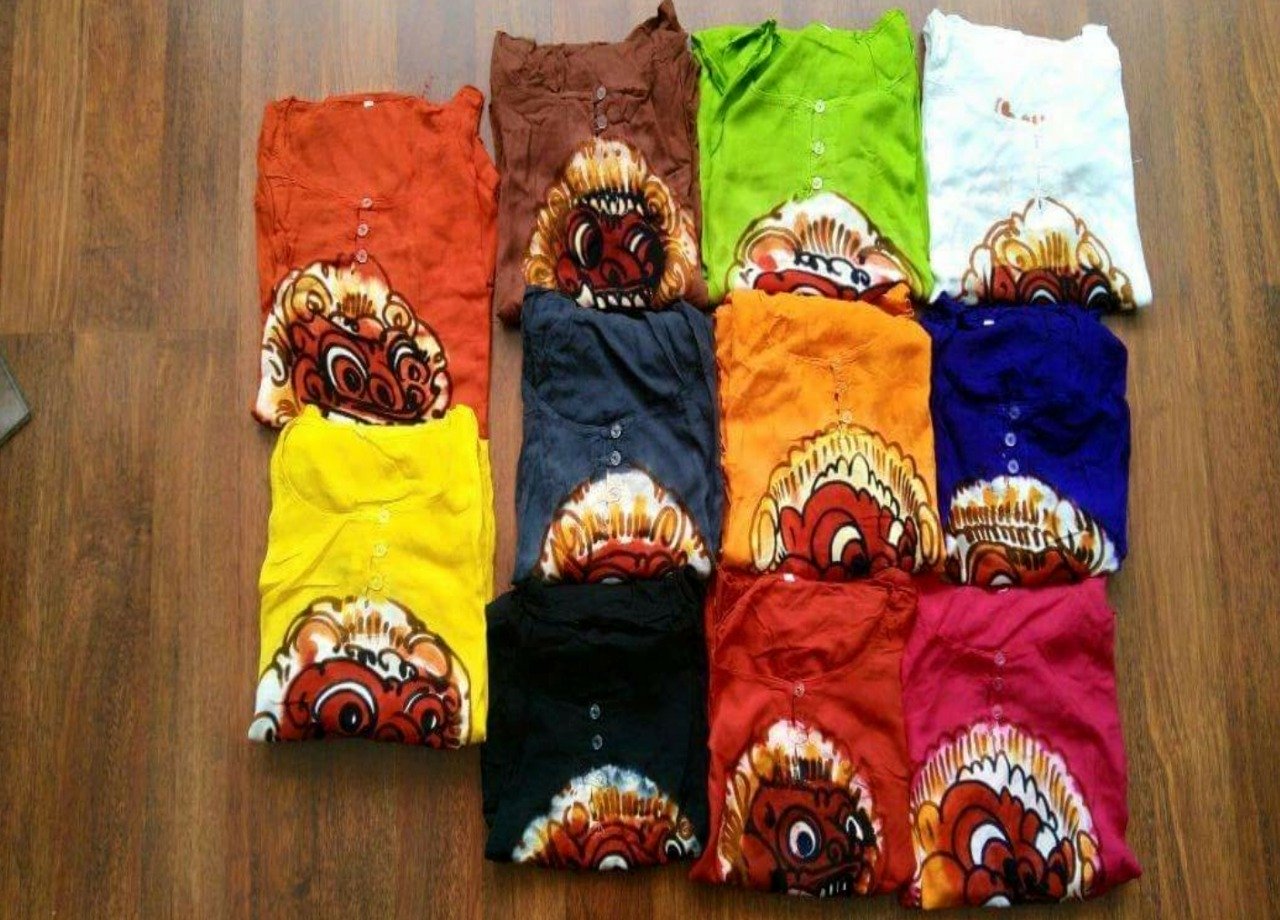
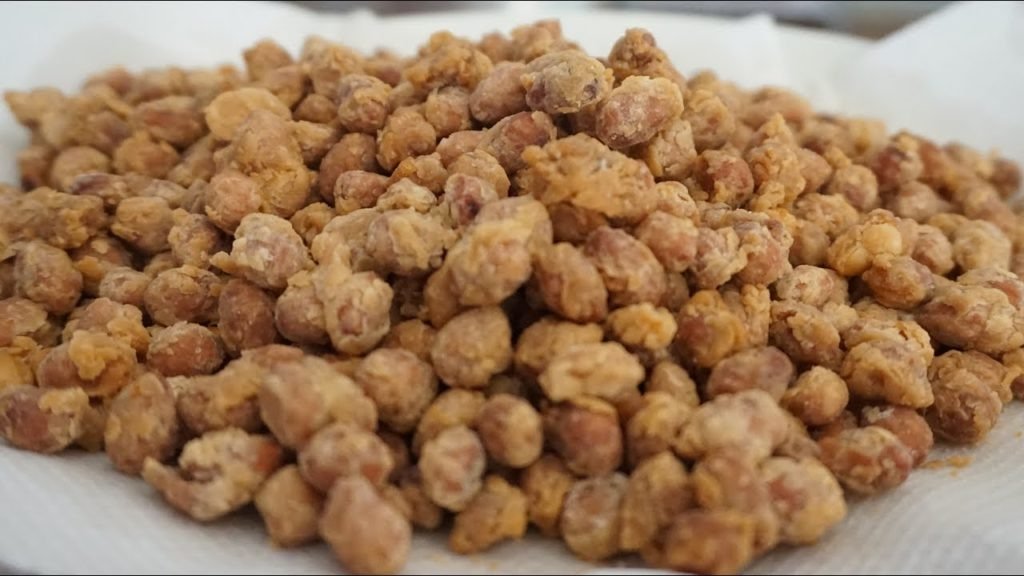


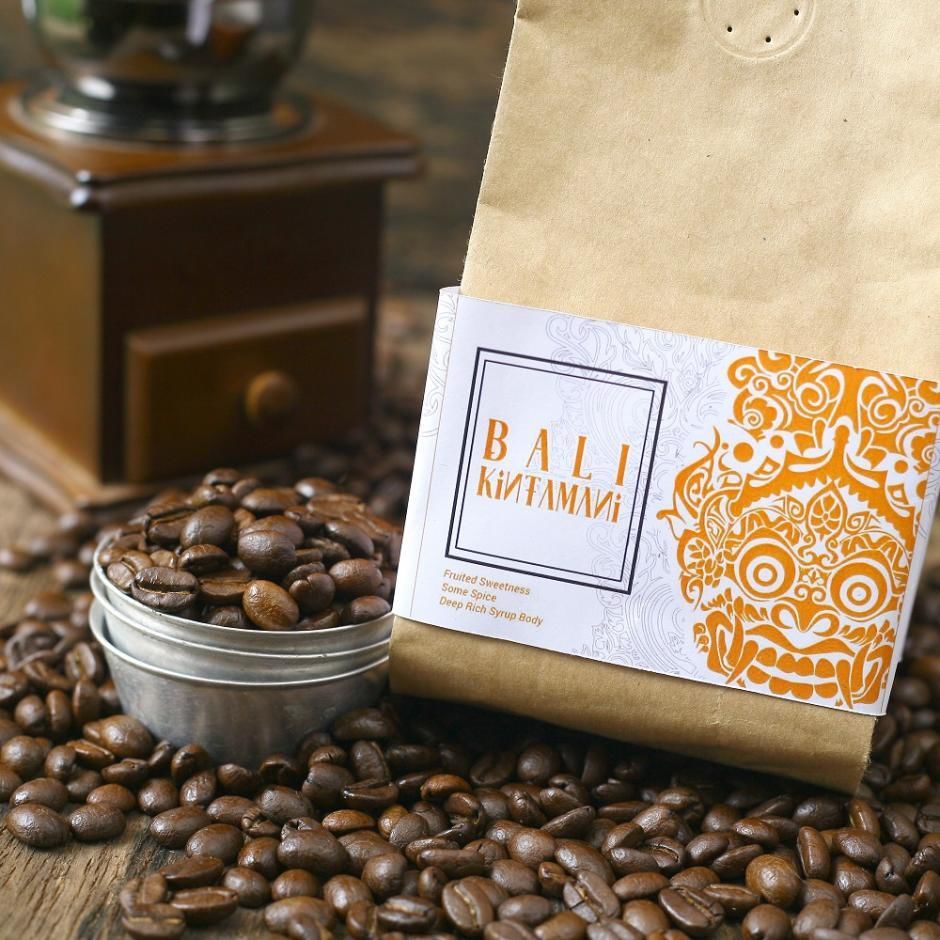


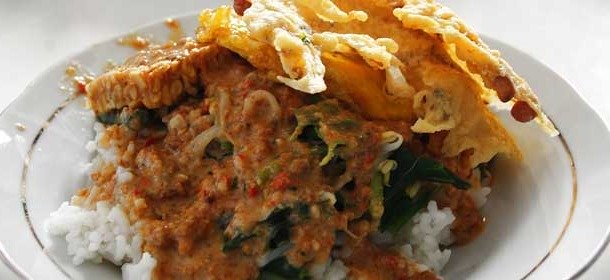

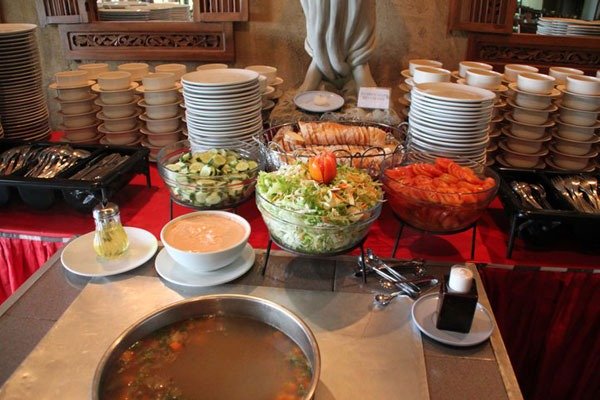

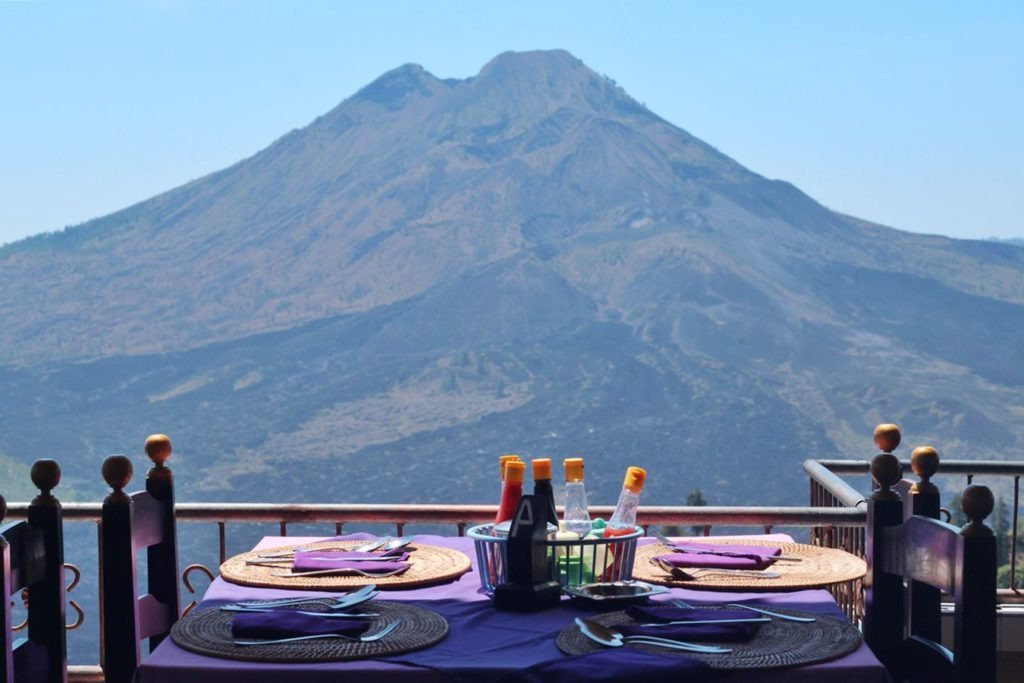


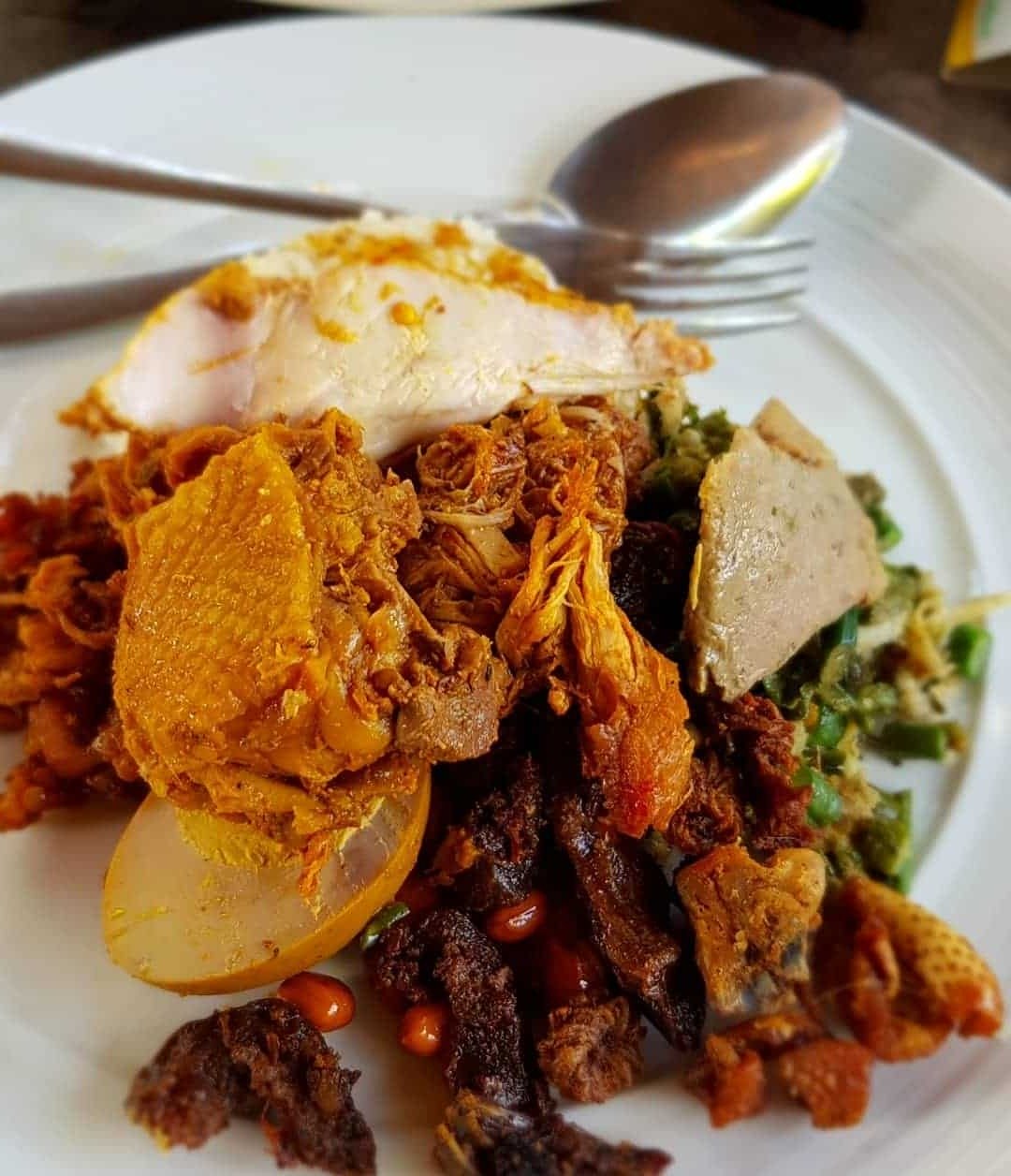


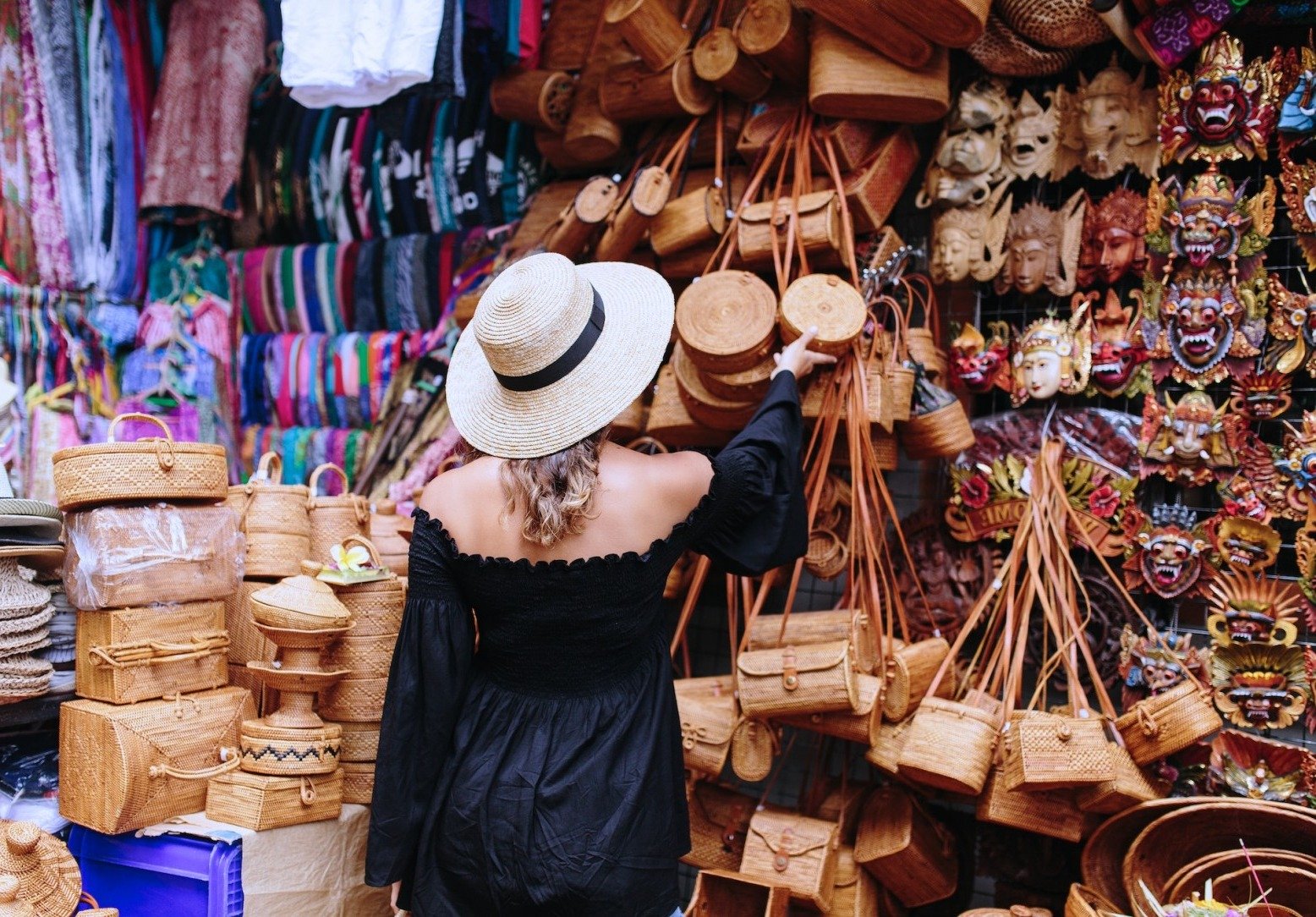


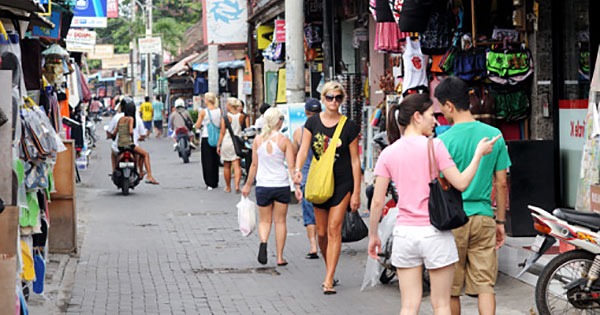




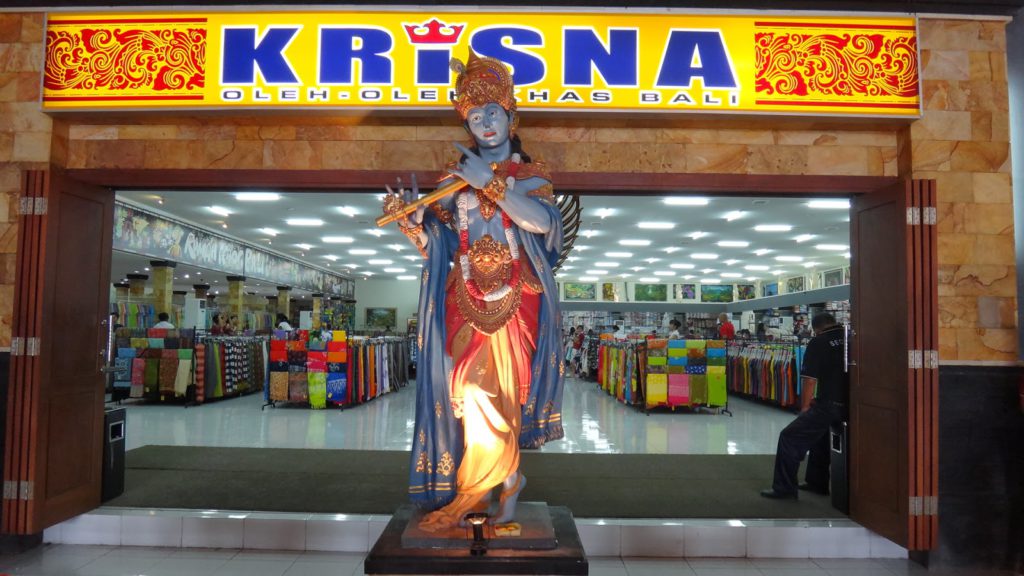
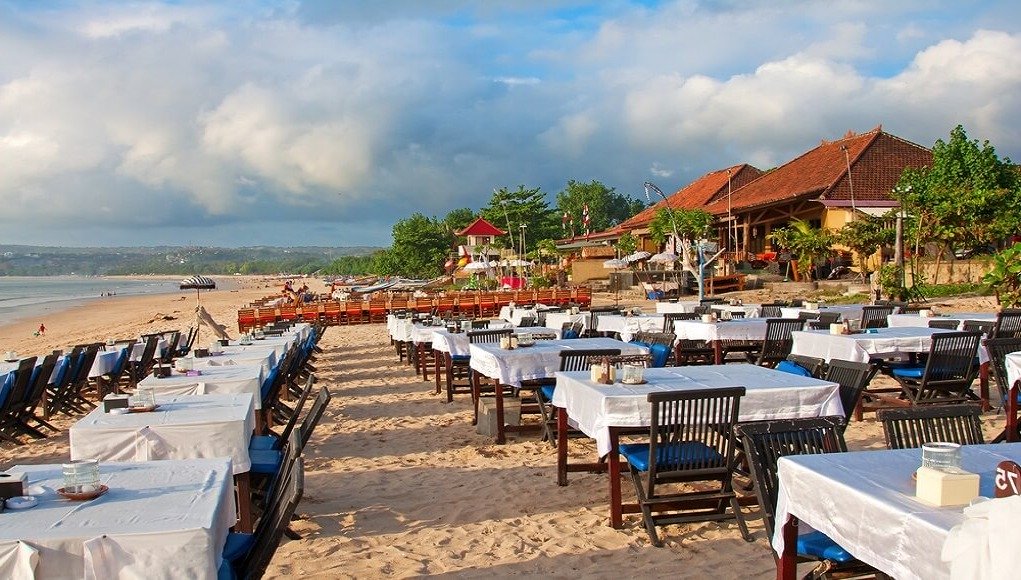





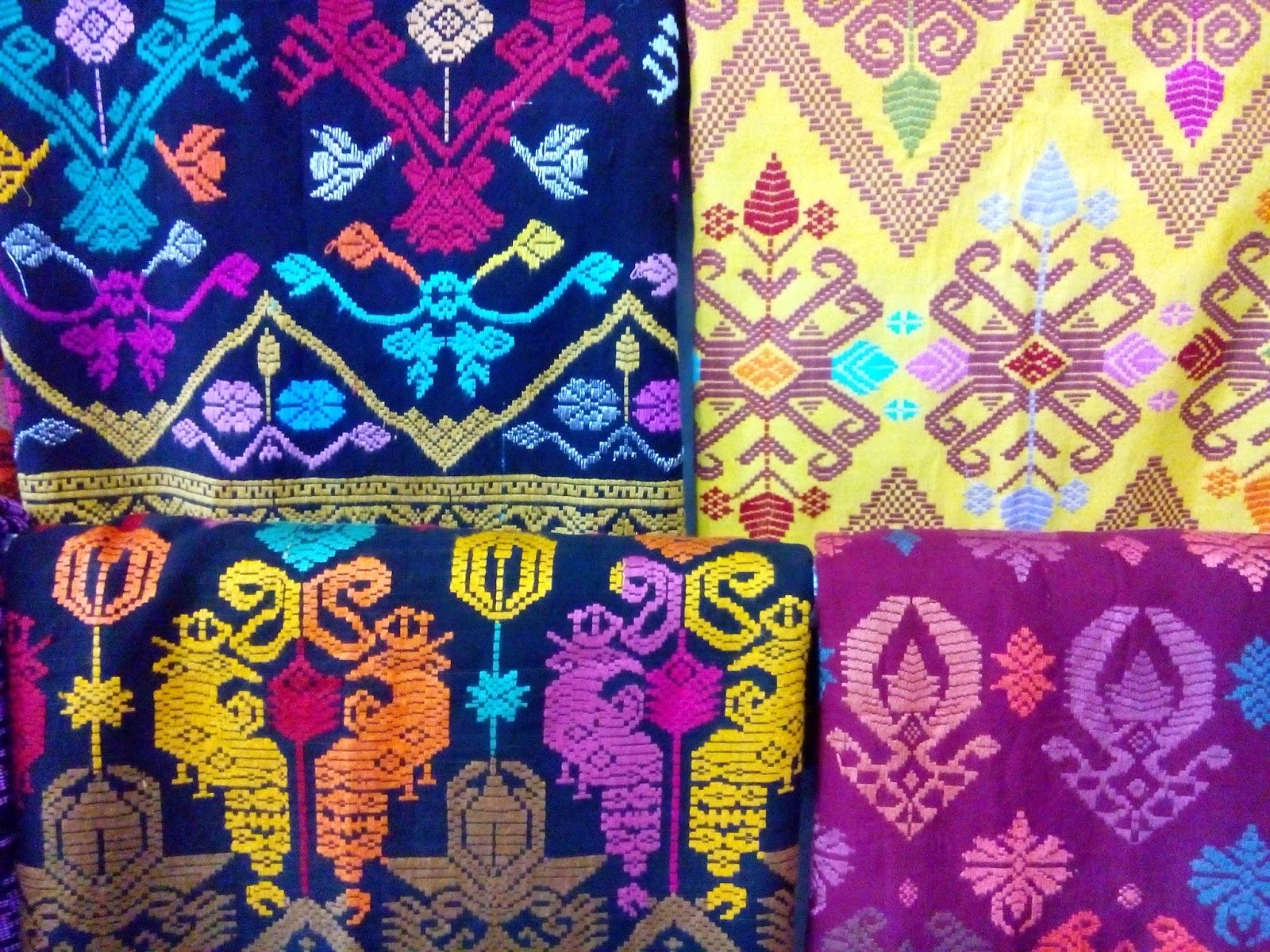

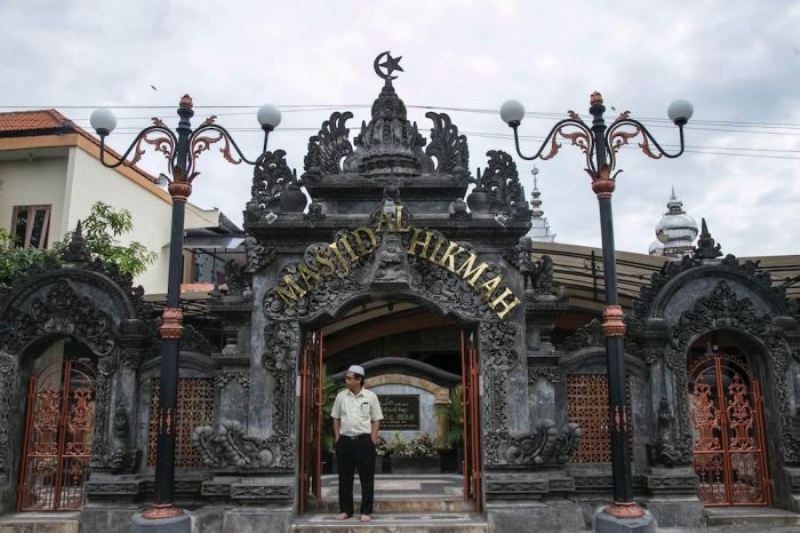

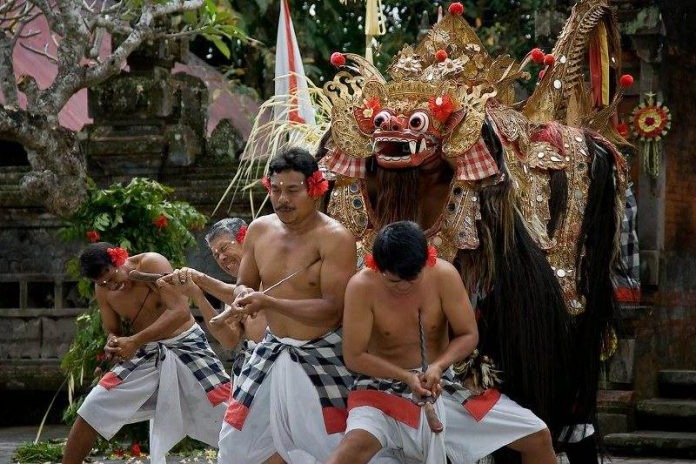


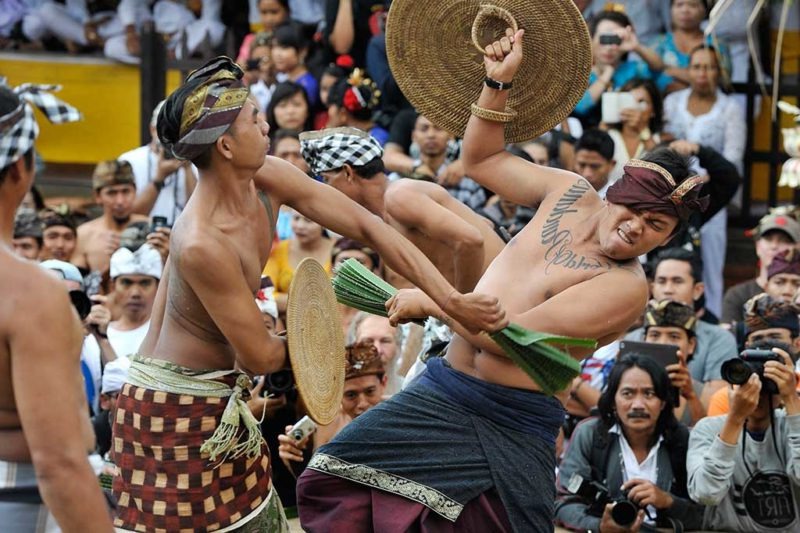


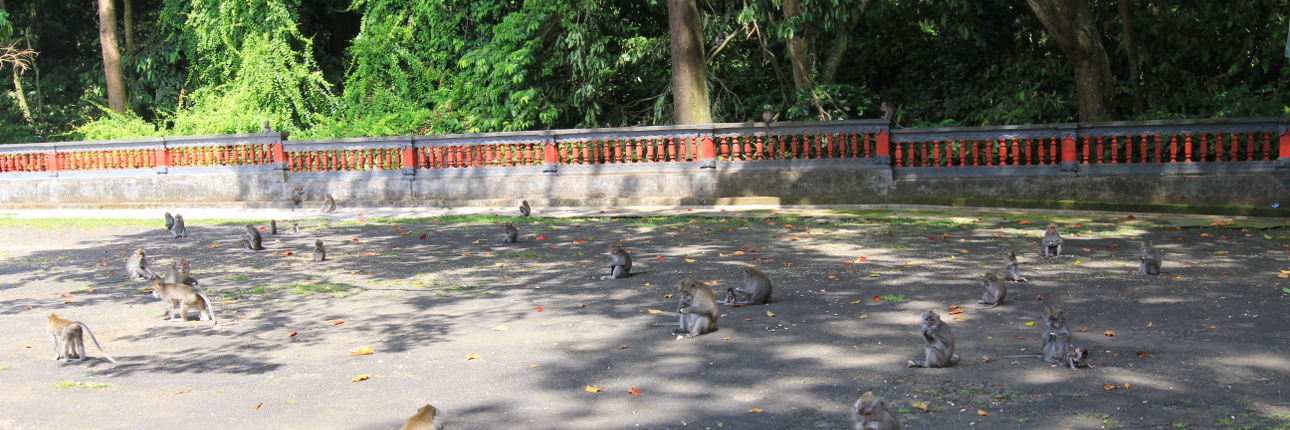


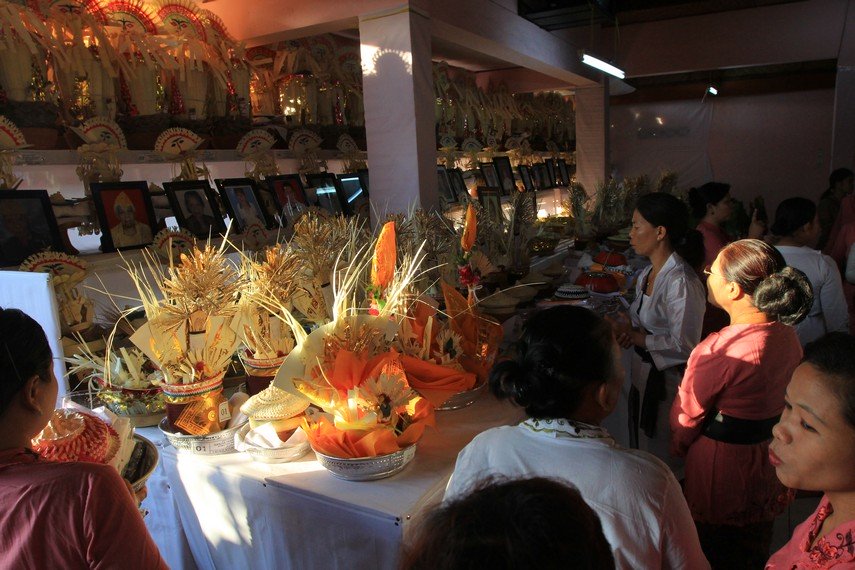




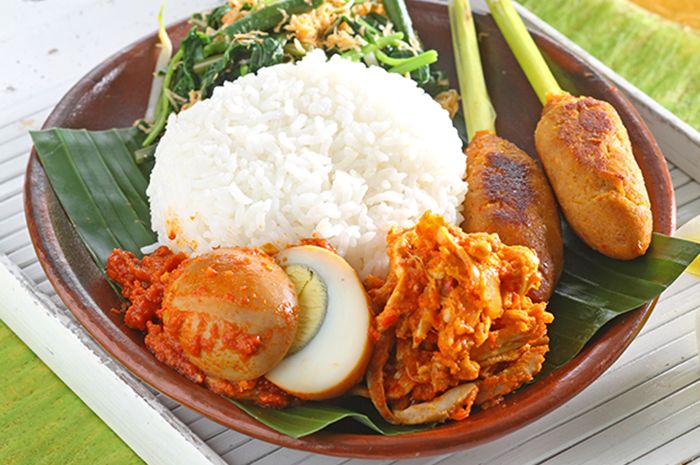
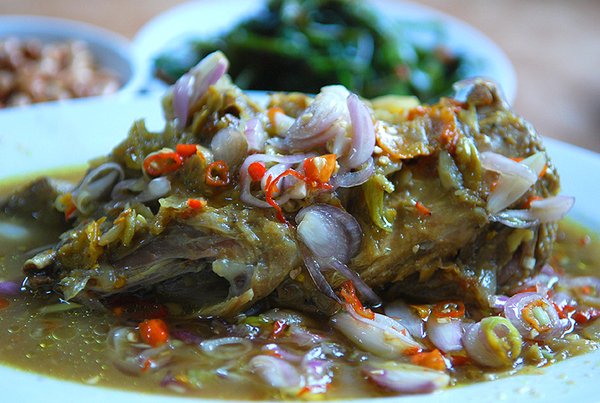



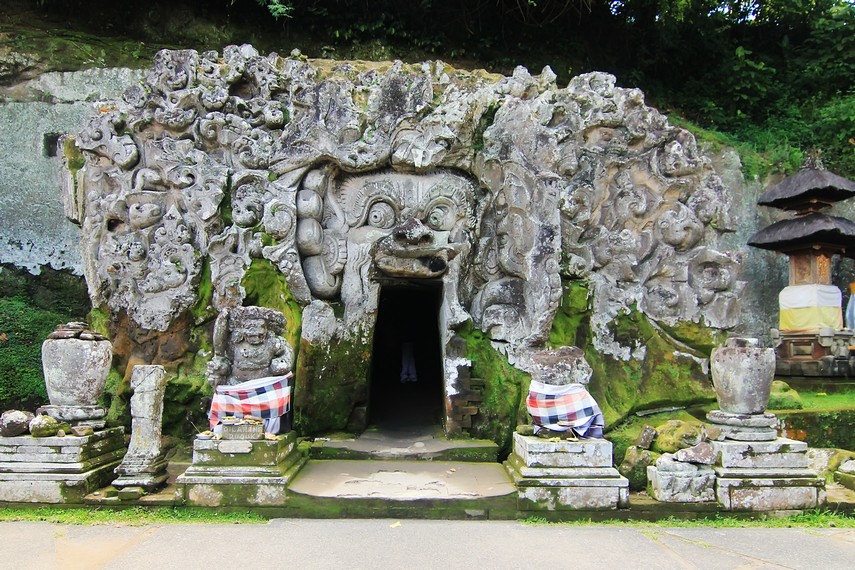



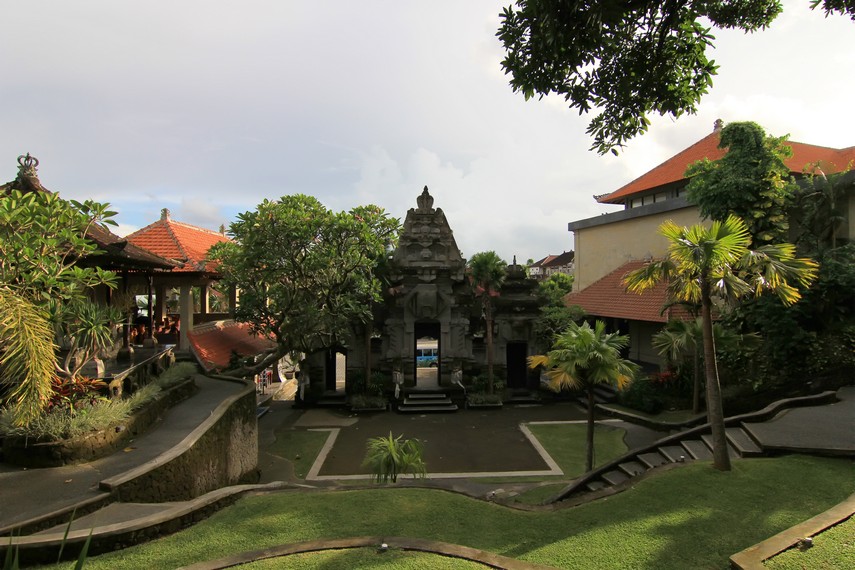





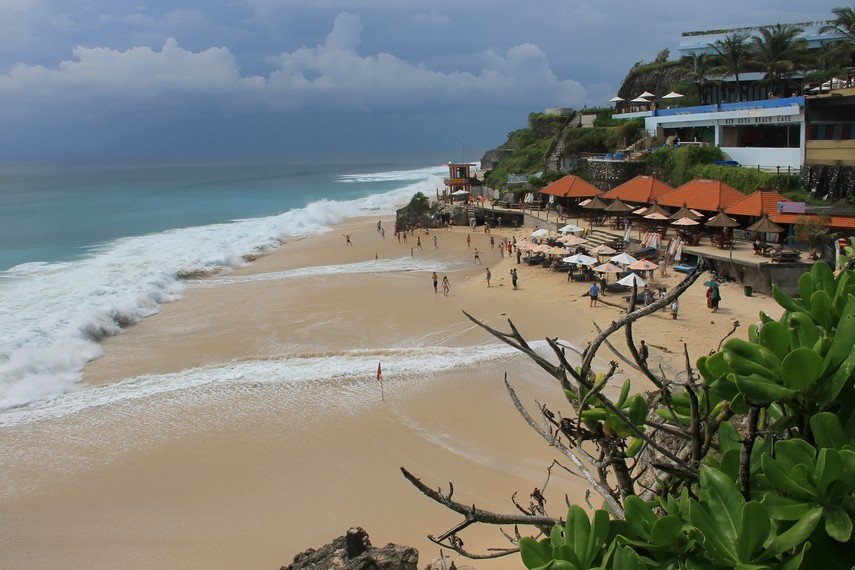


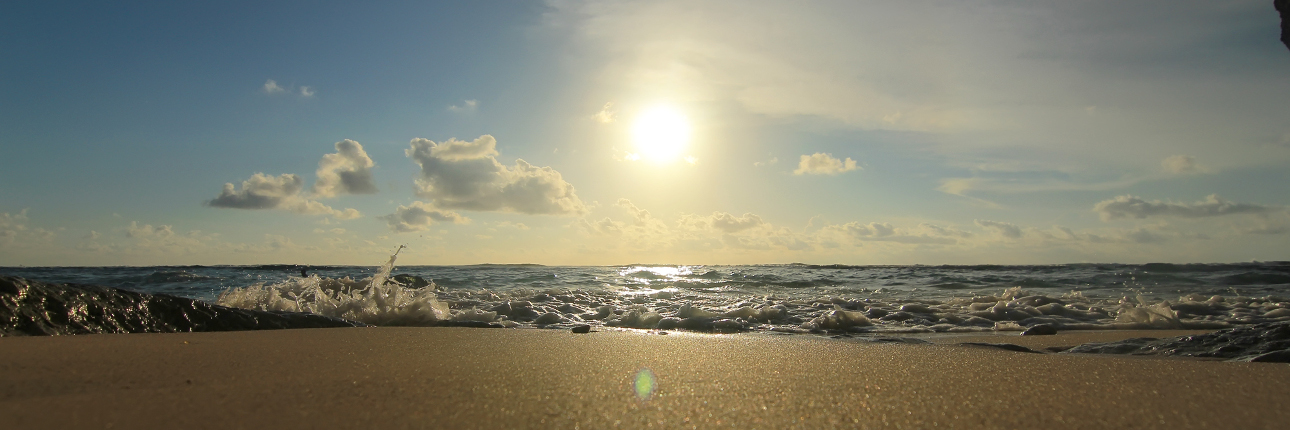
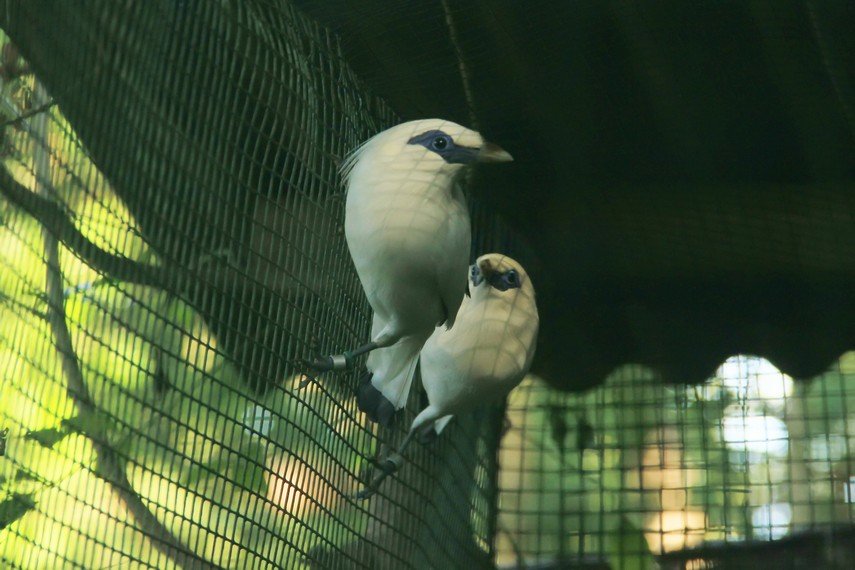





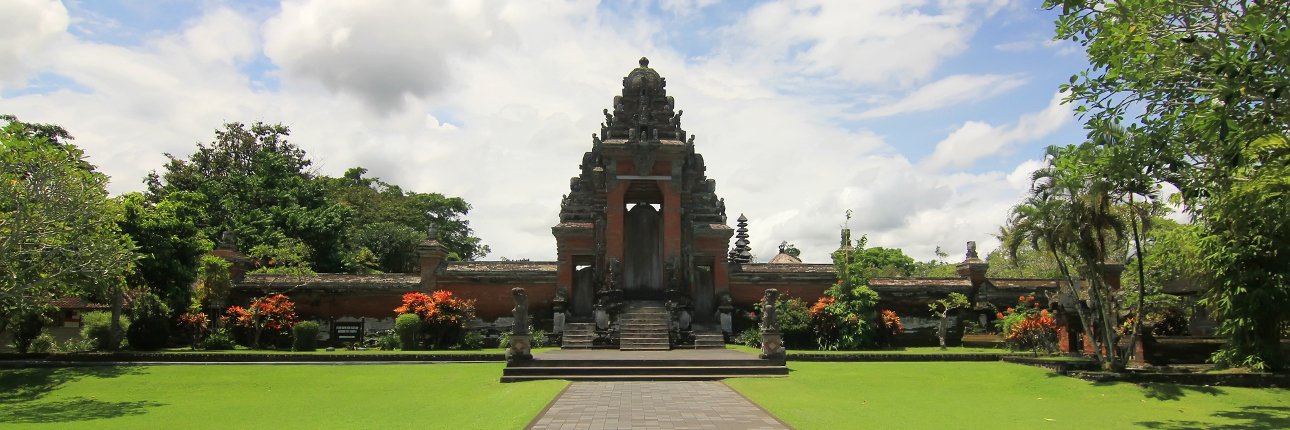
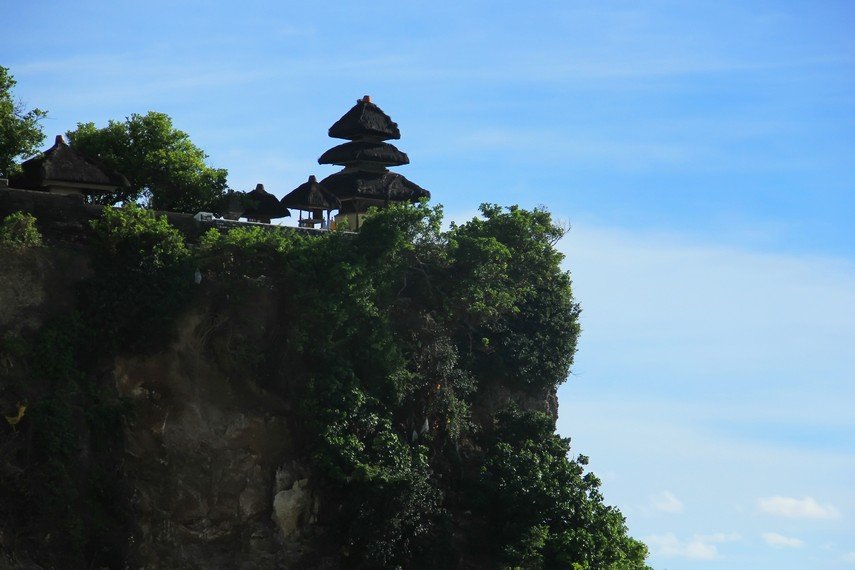




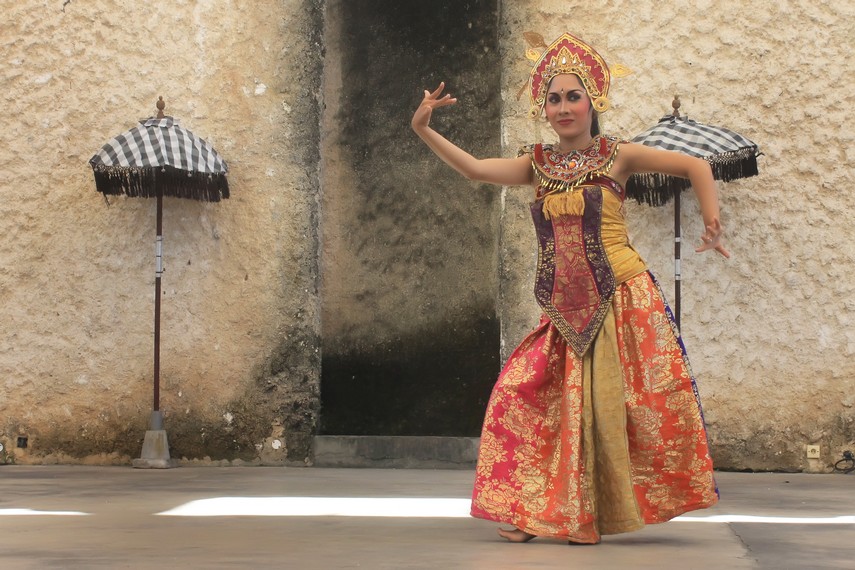

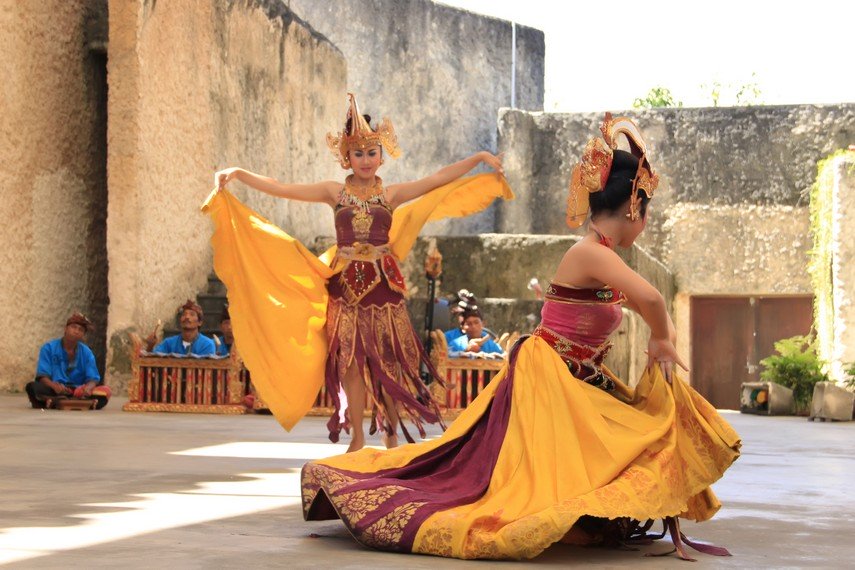


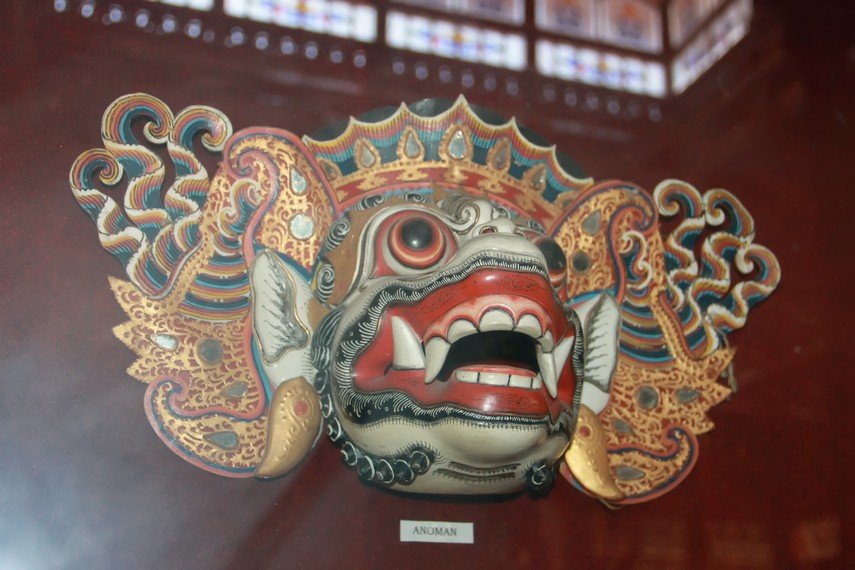

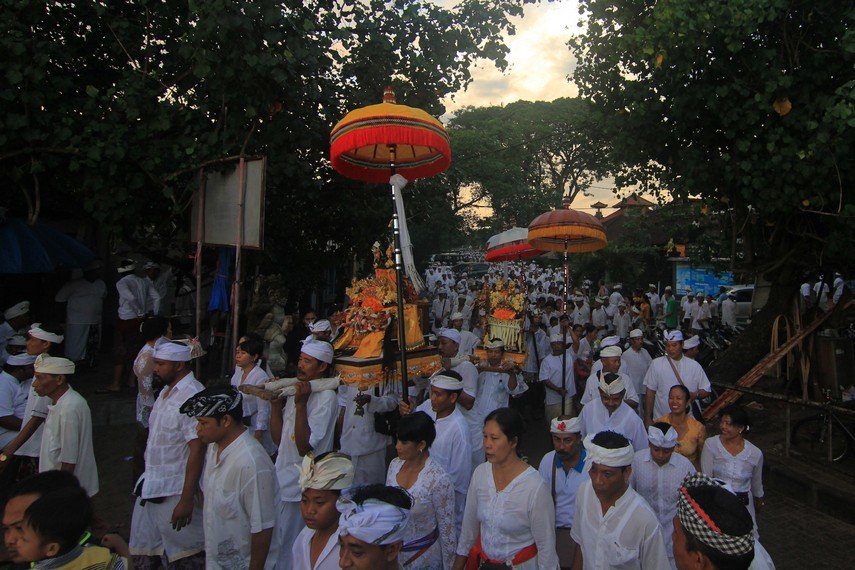
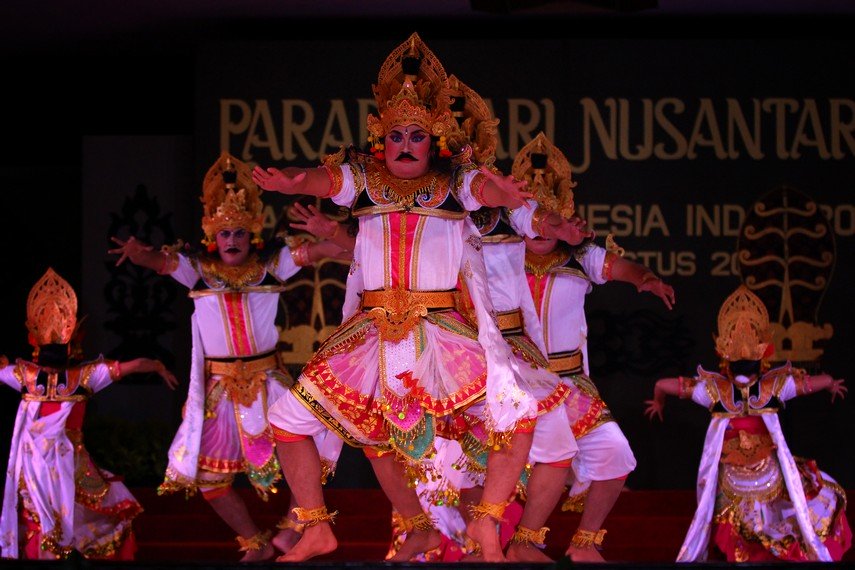



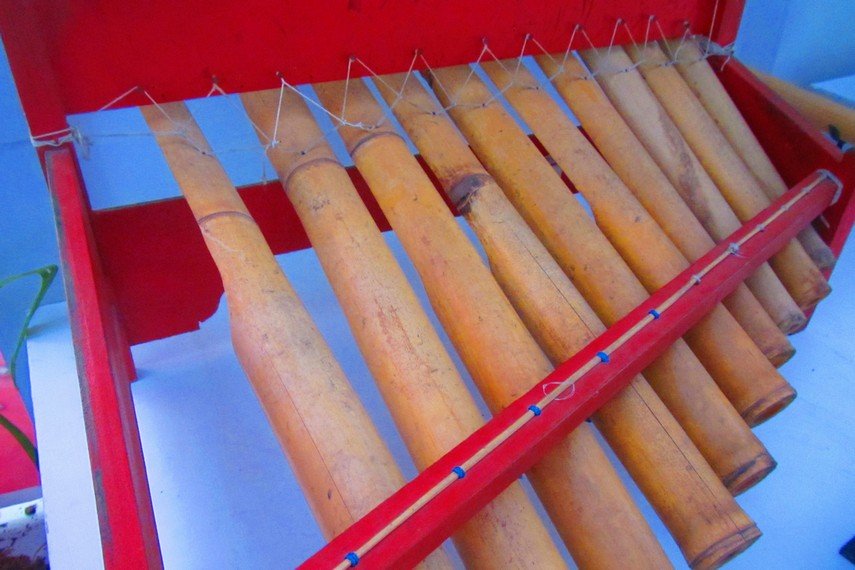


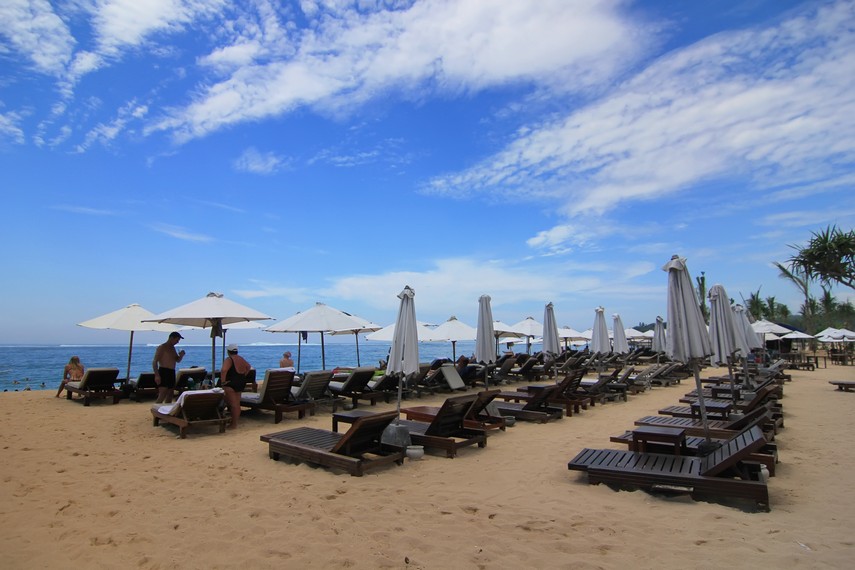
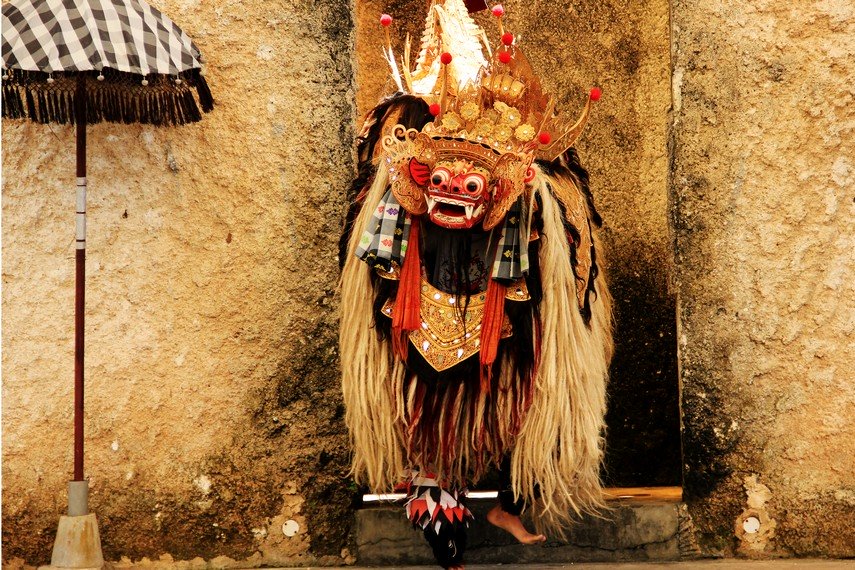



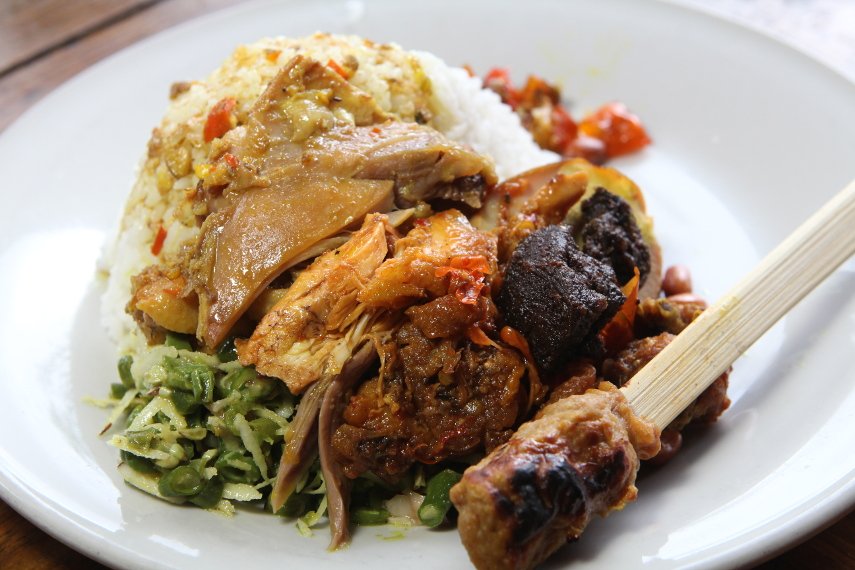
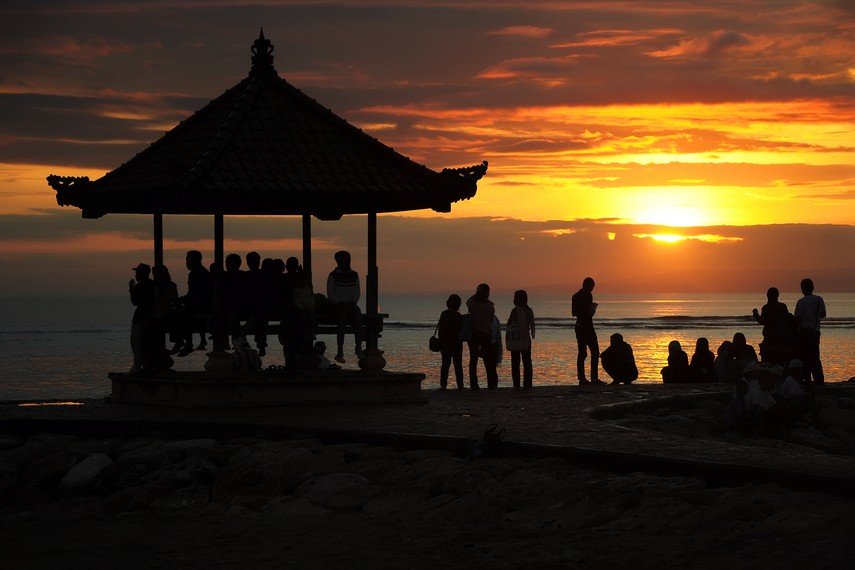
0